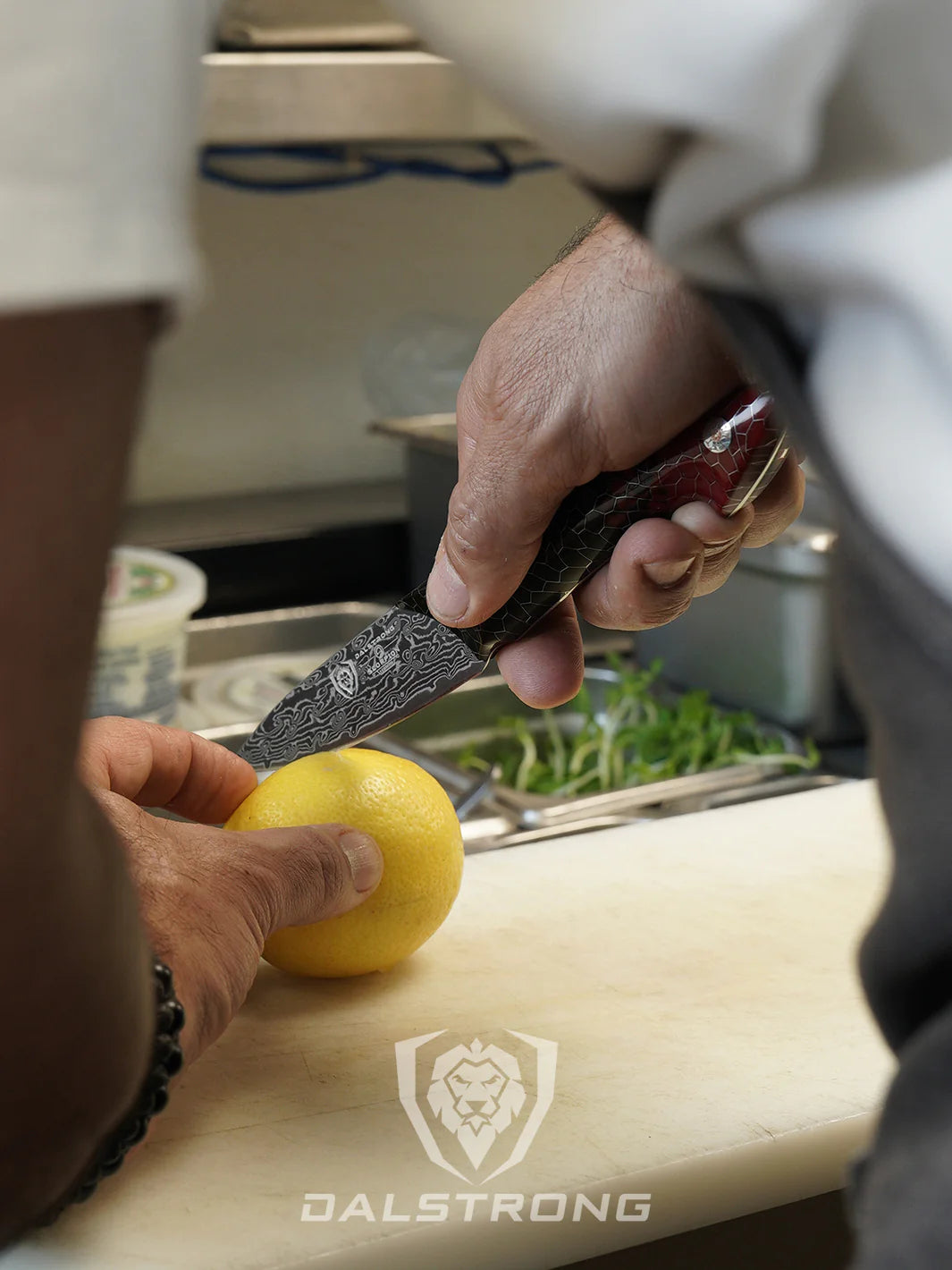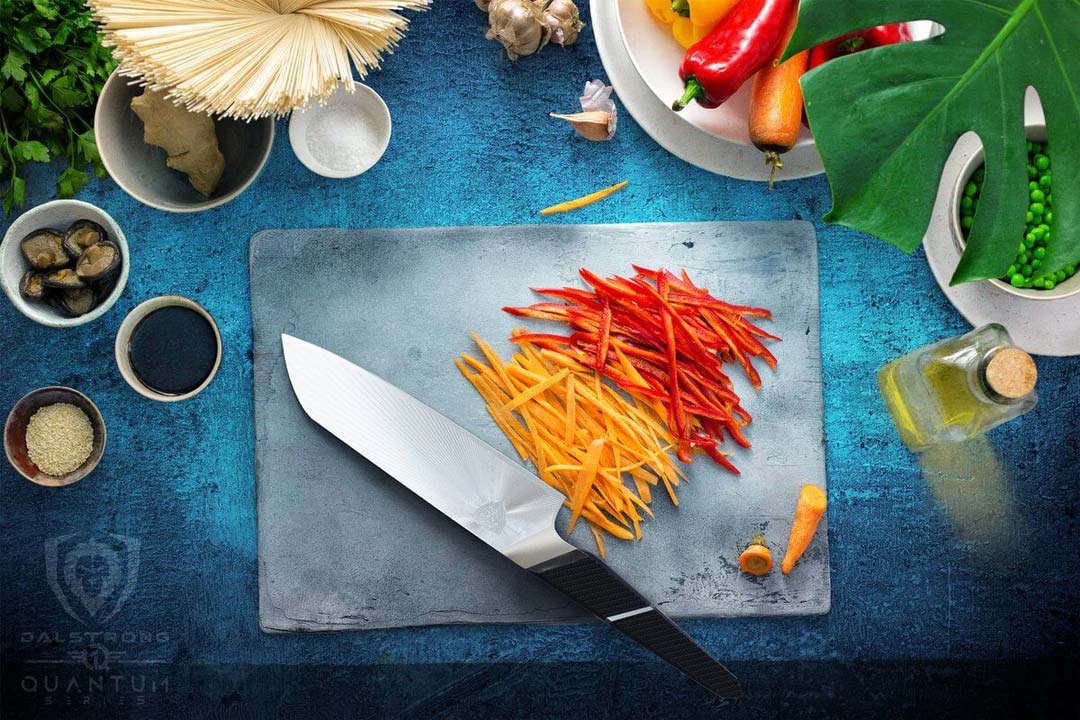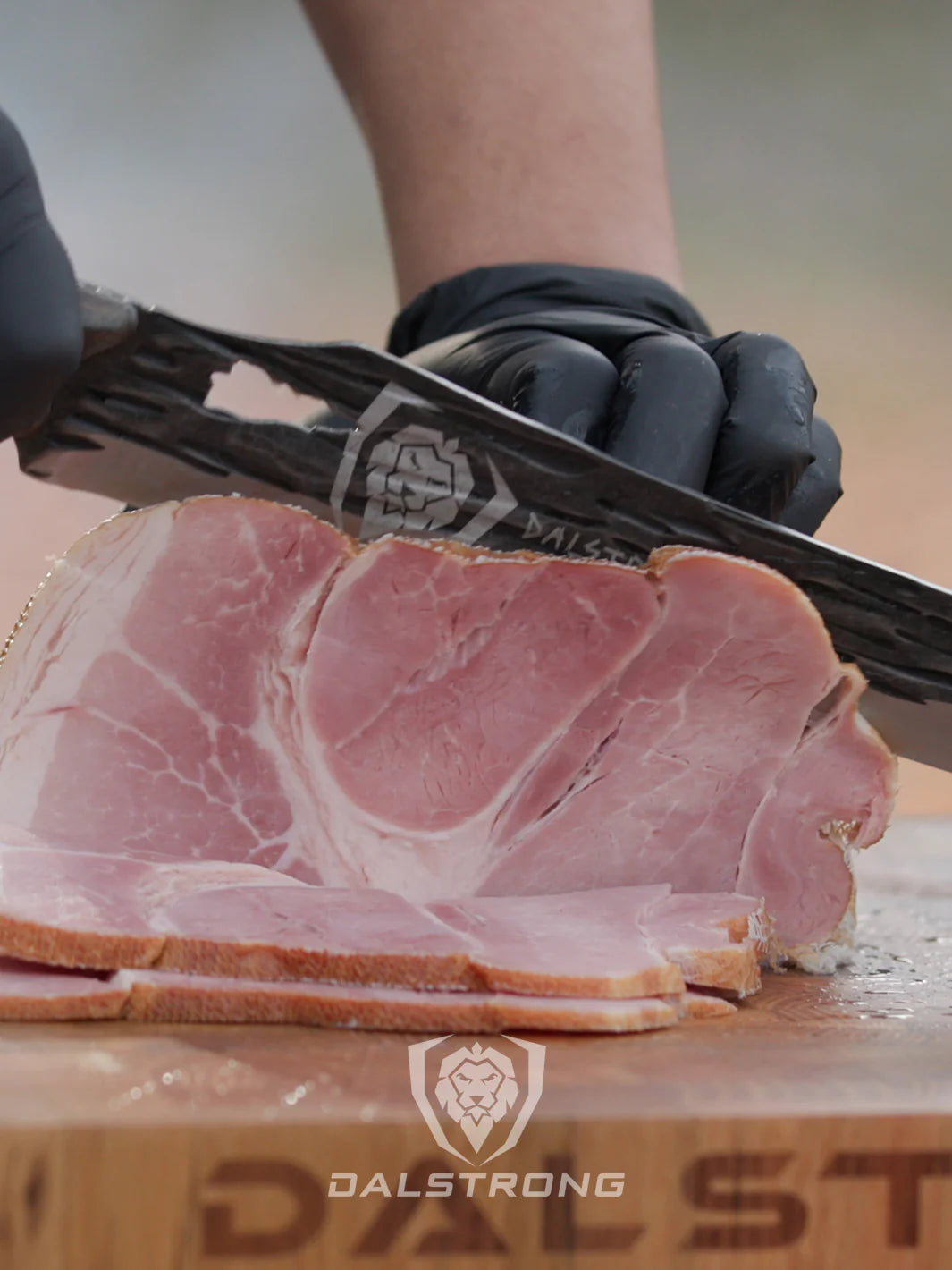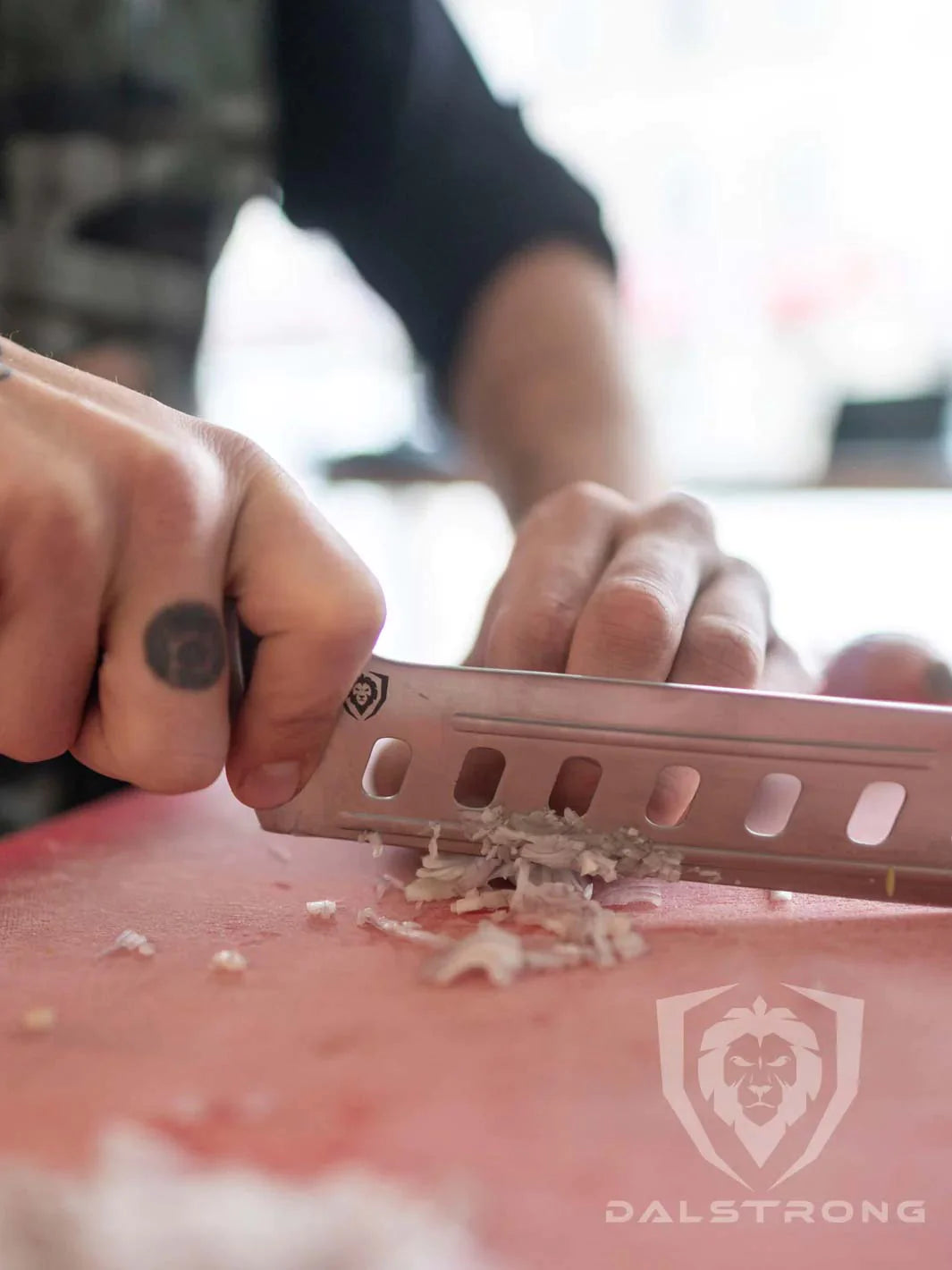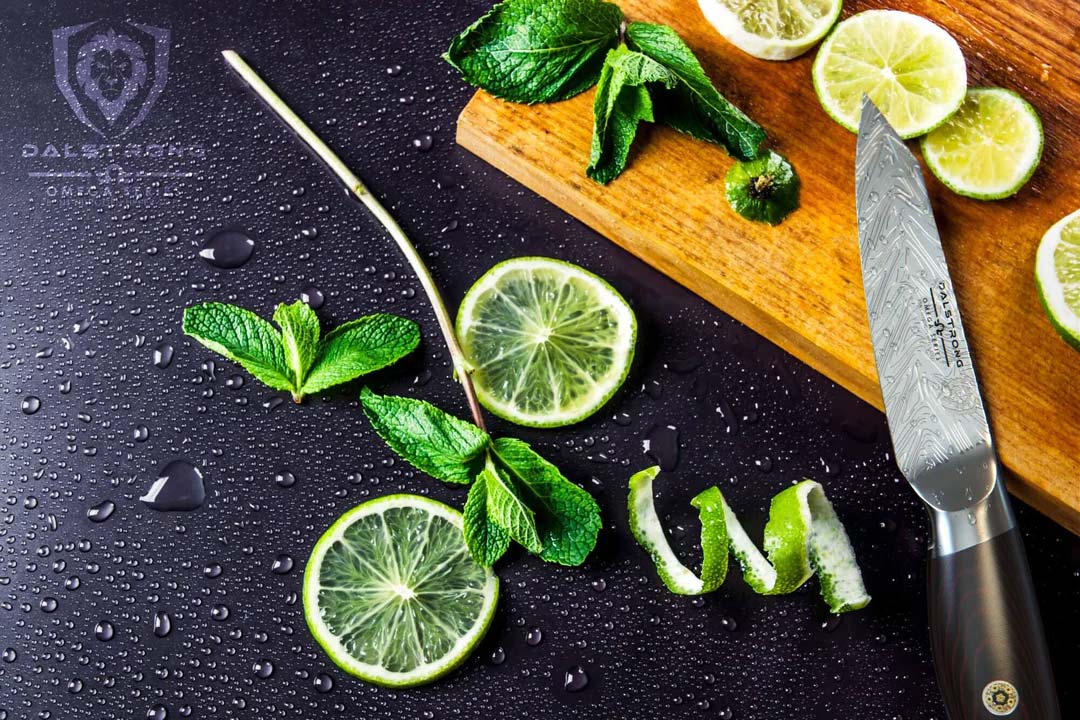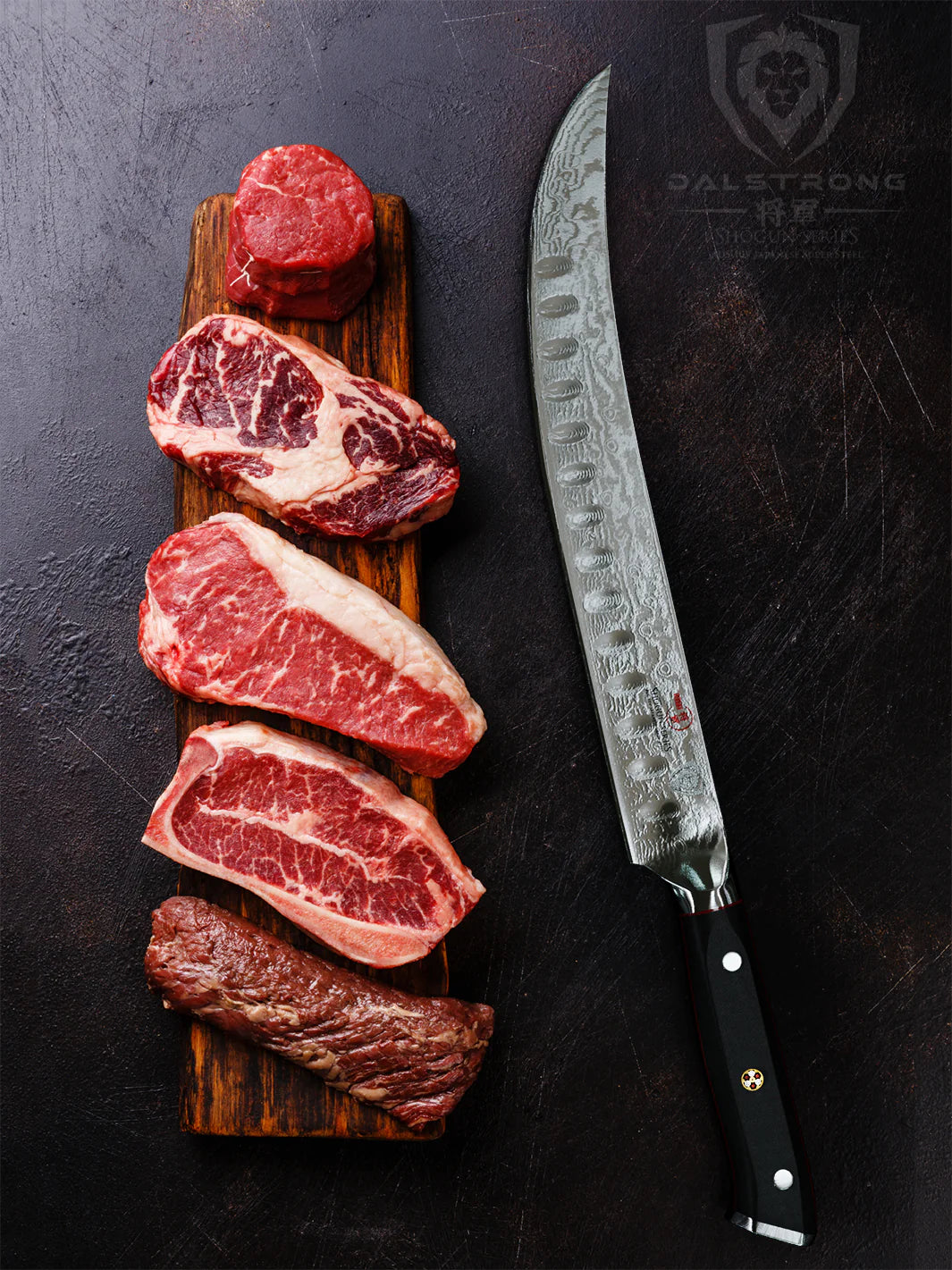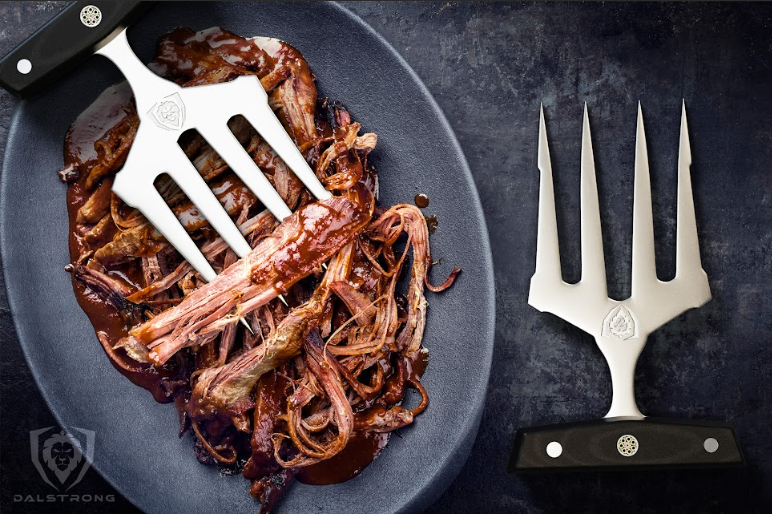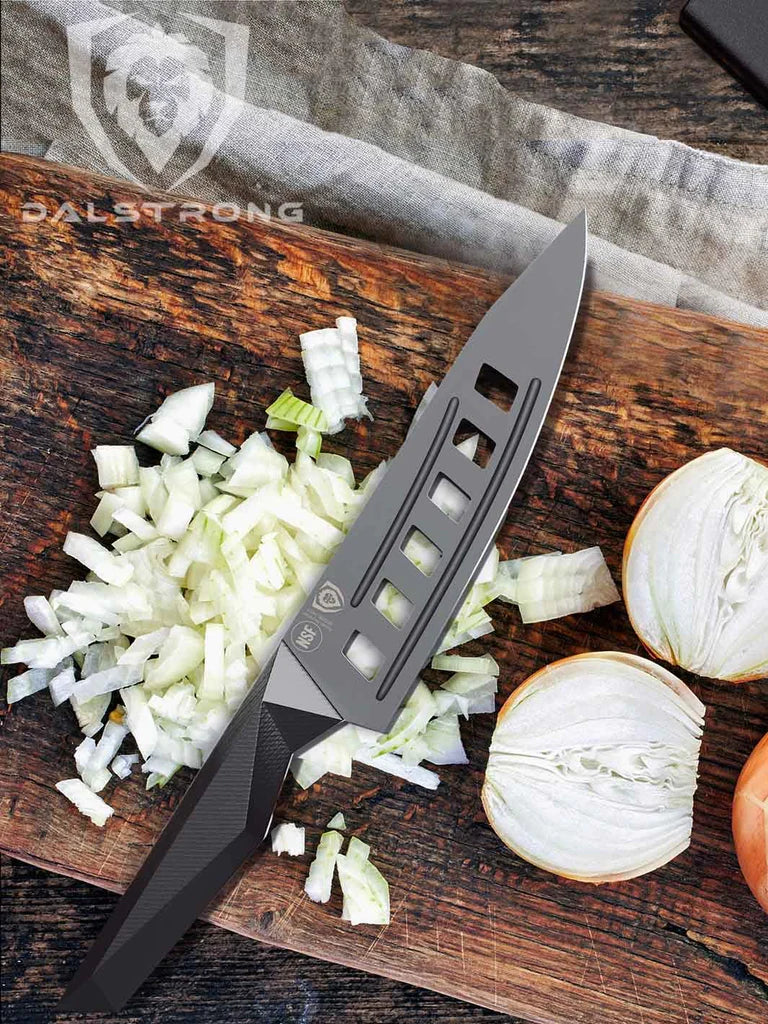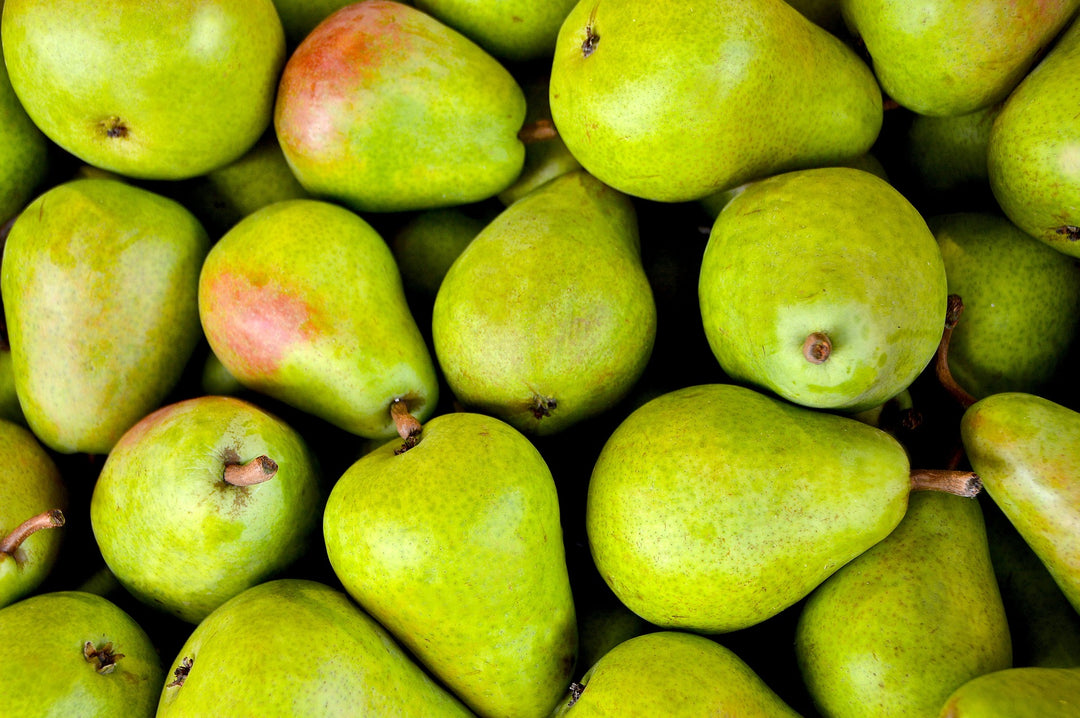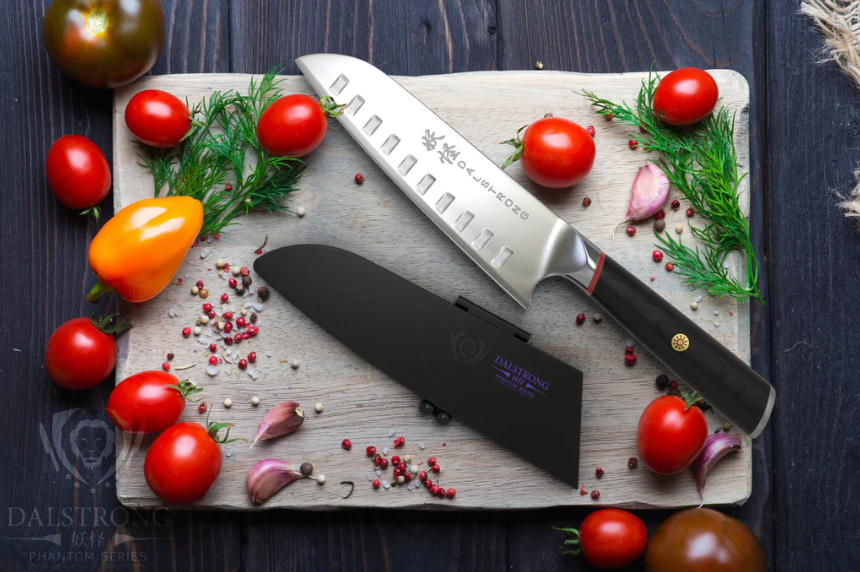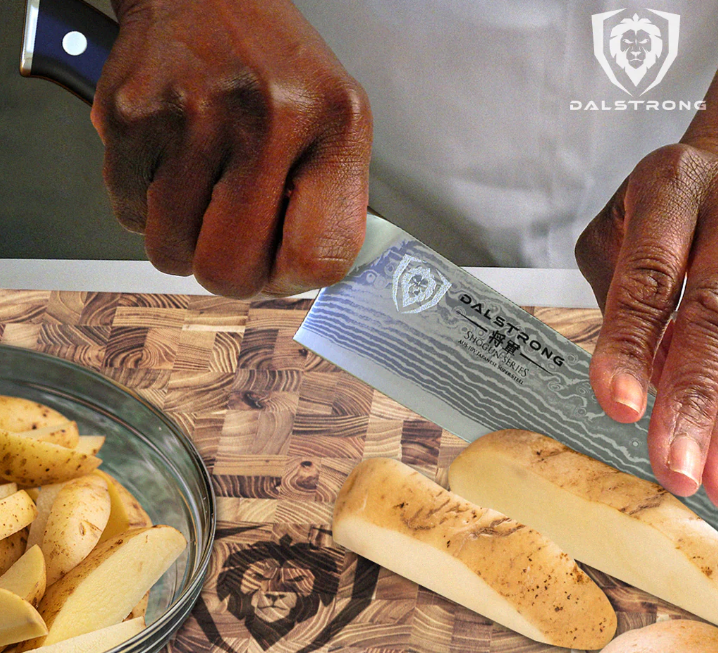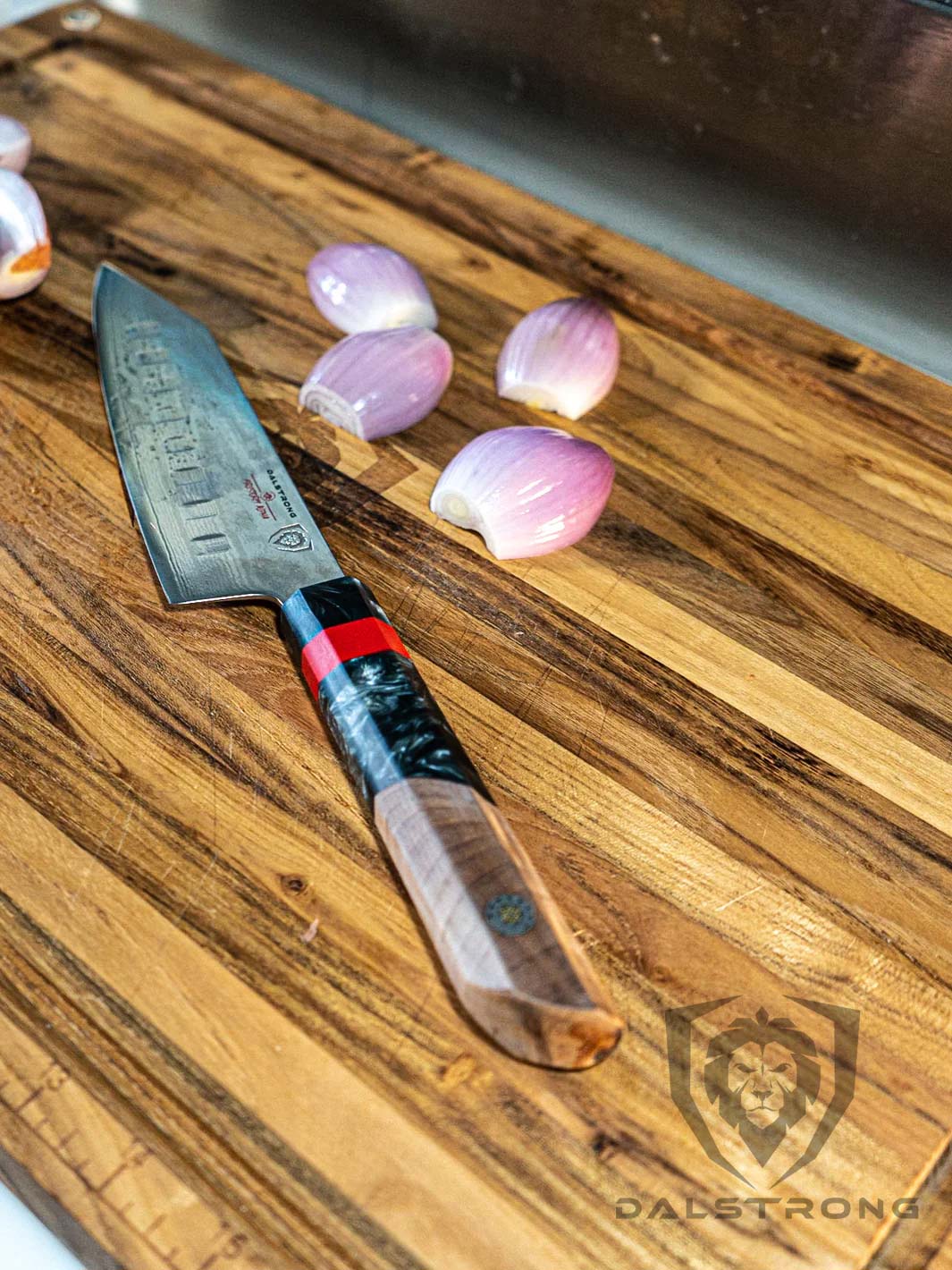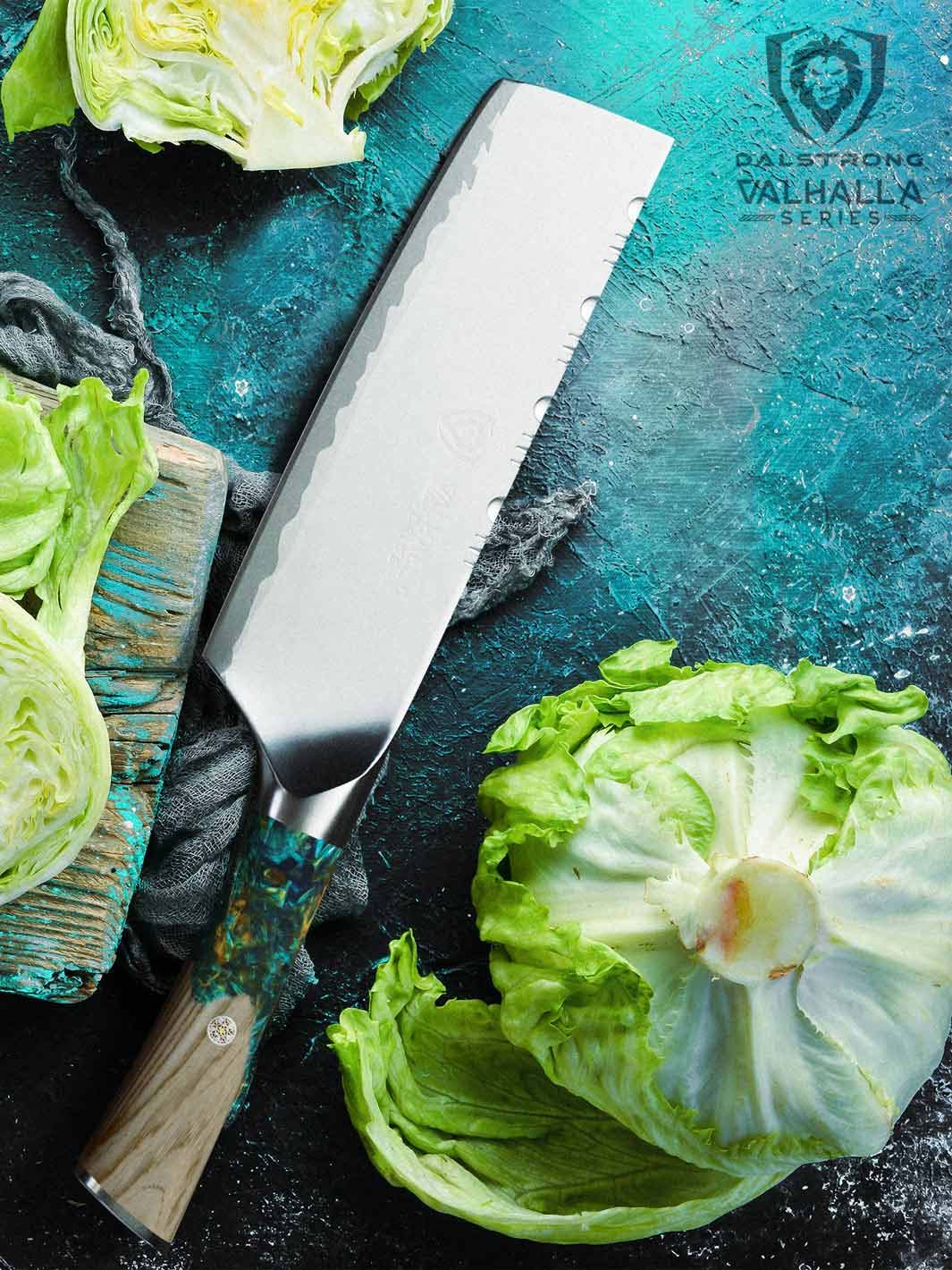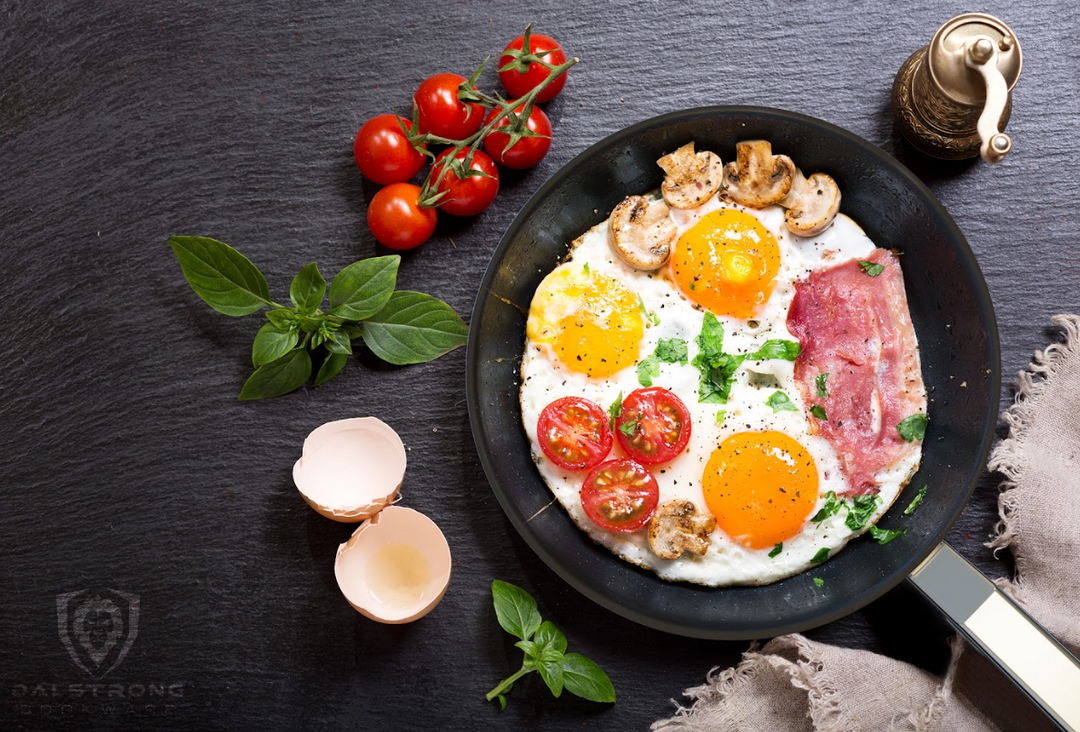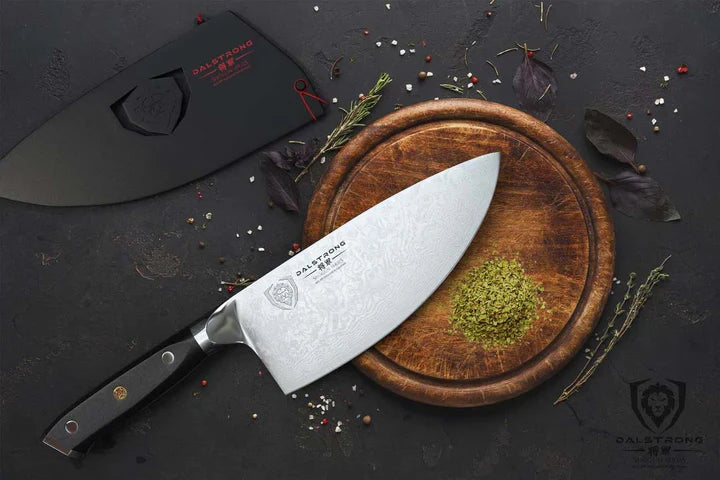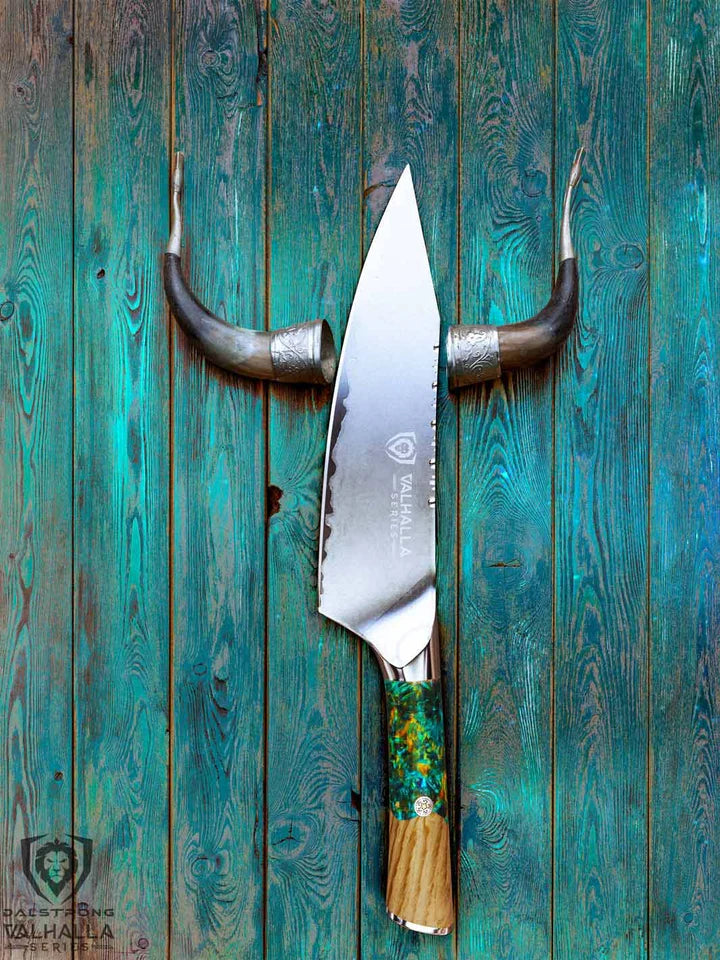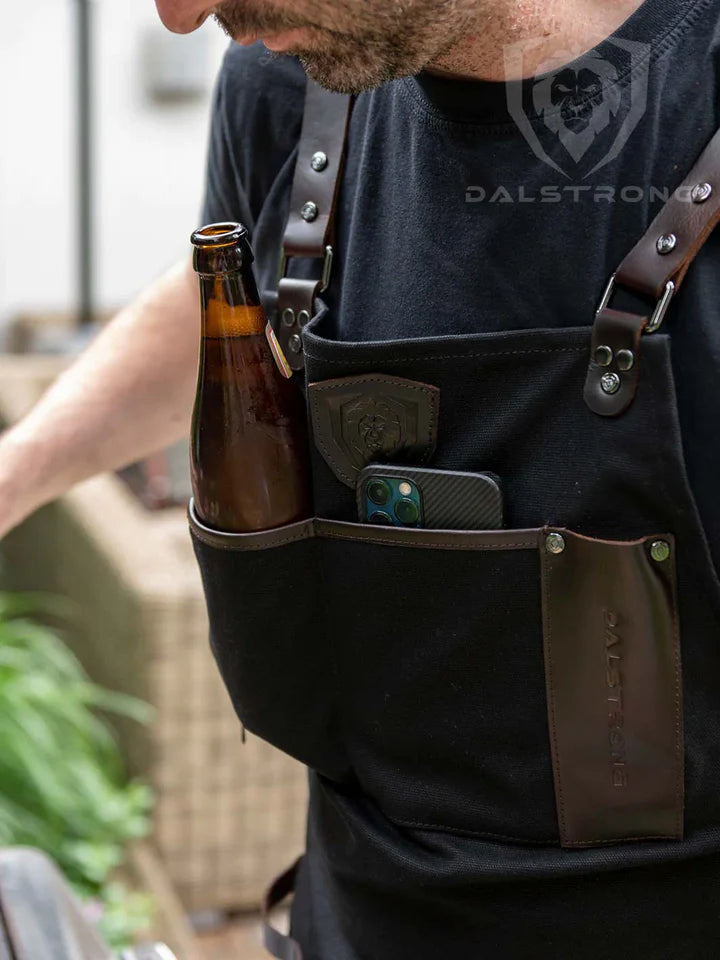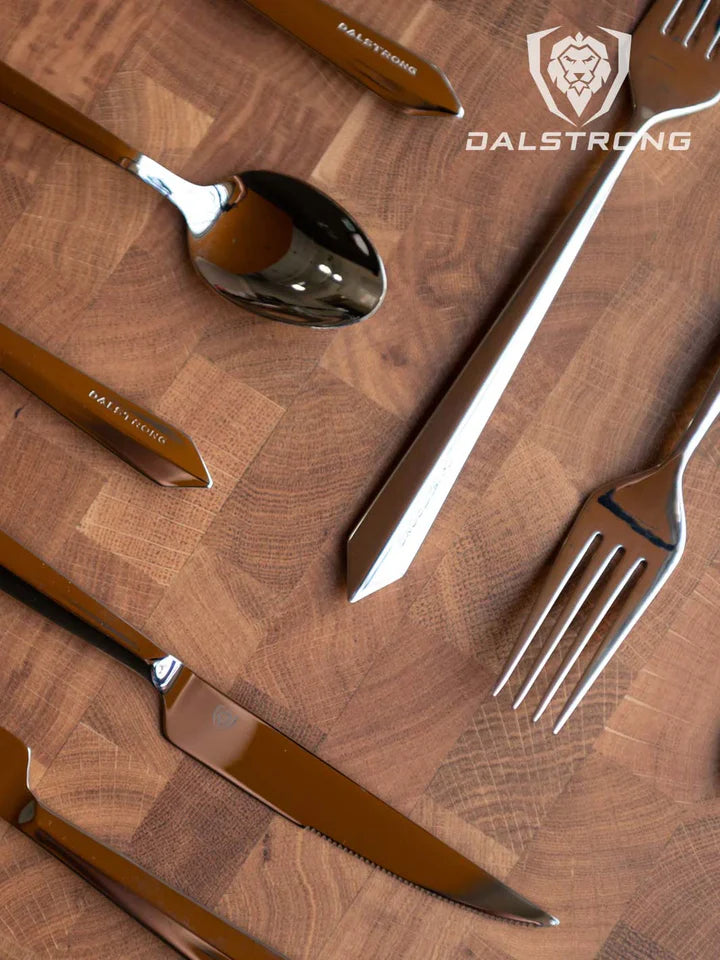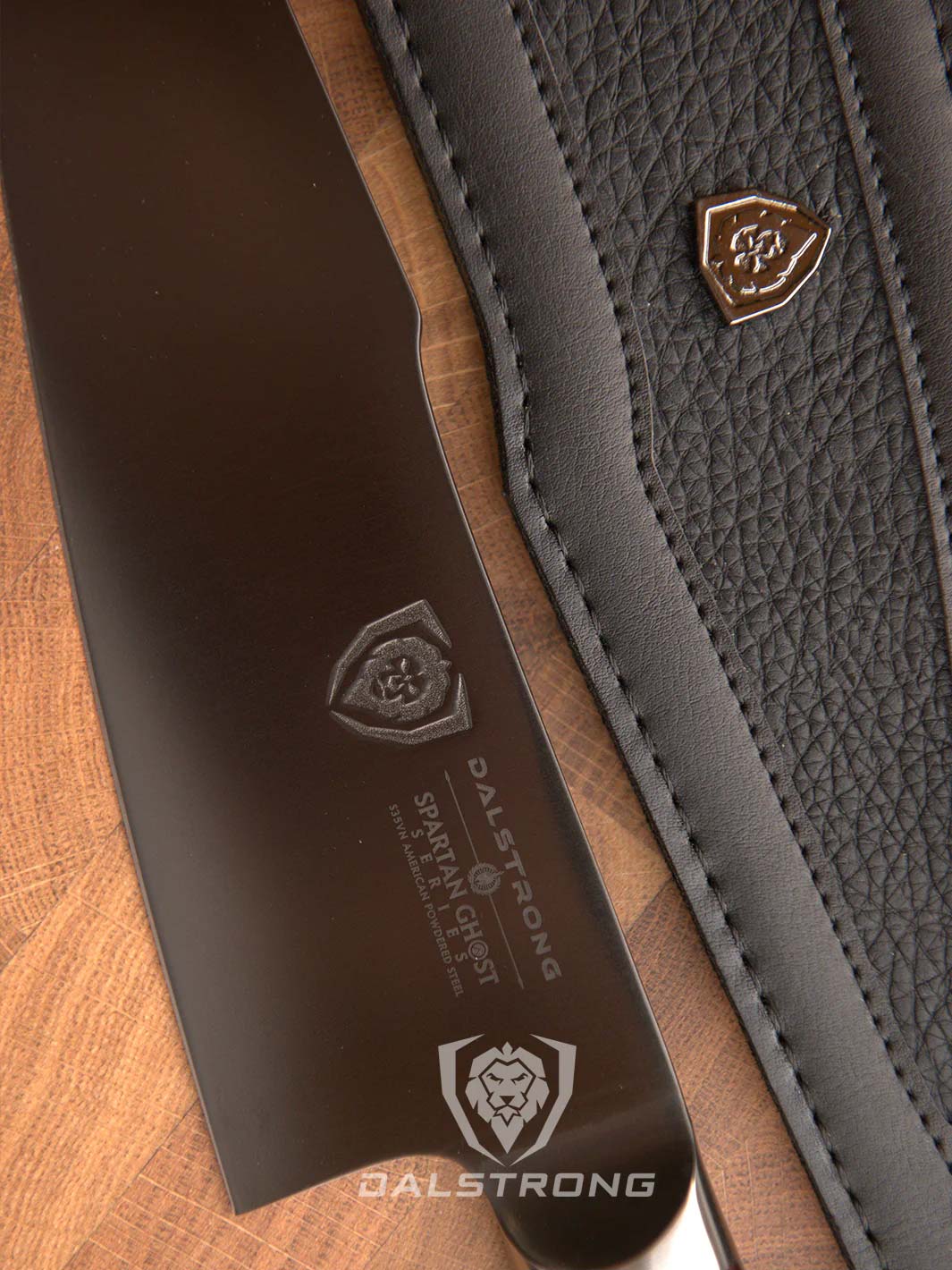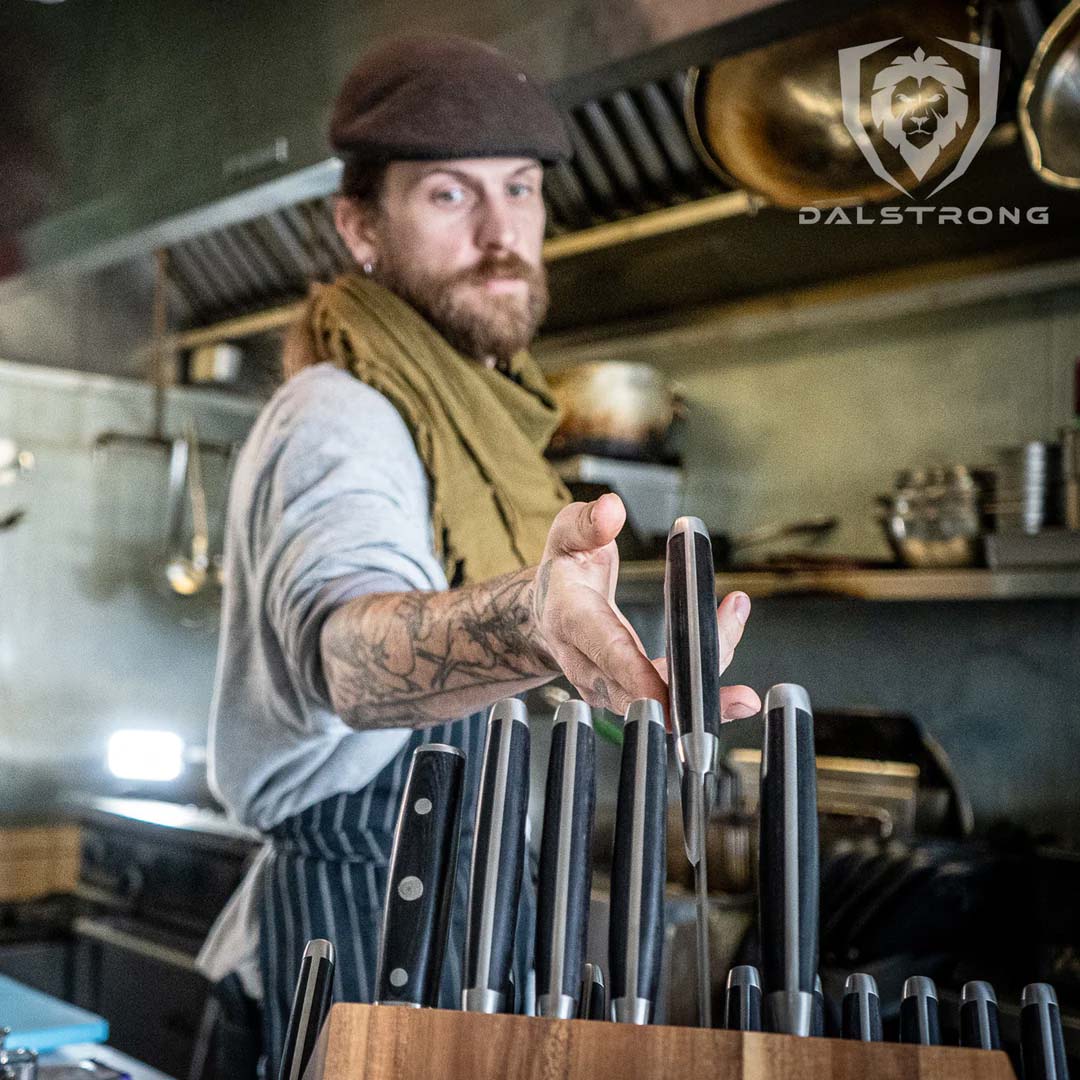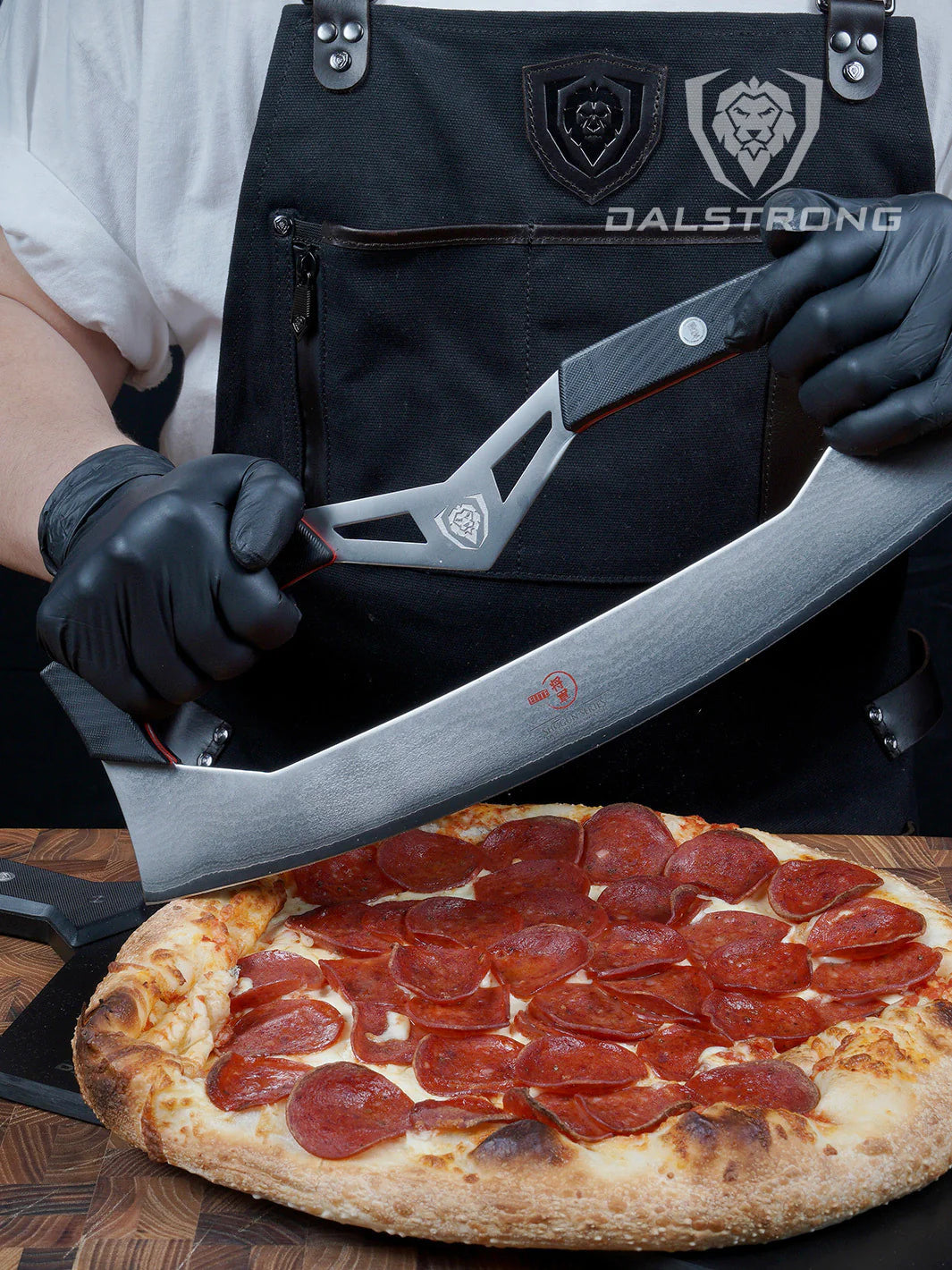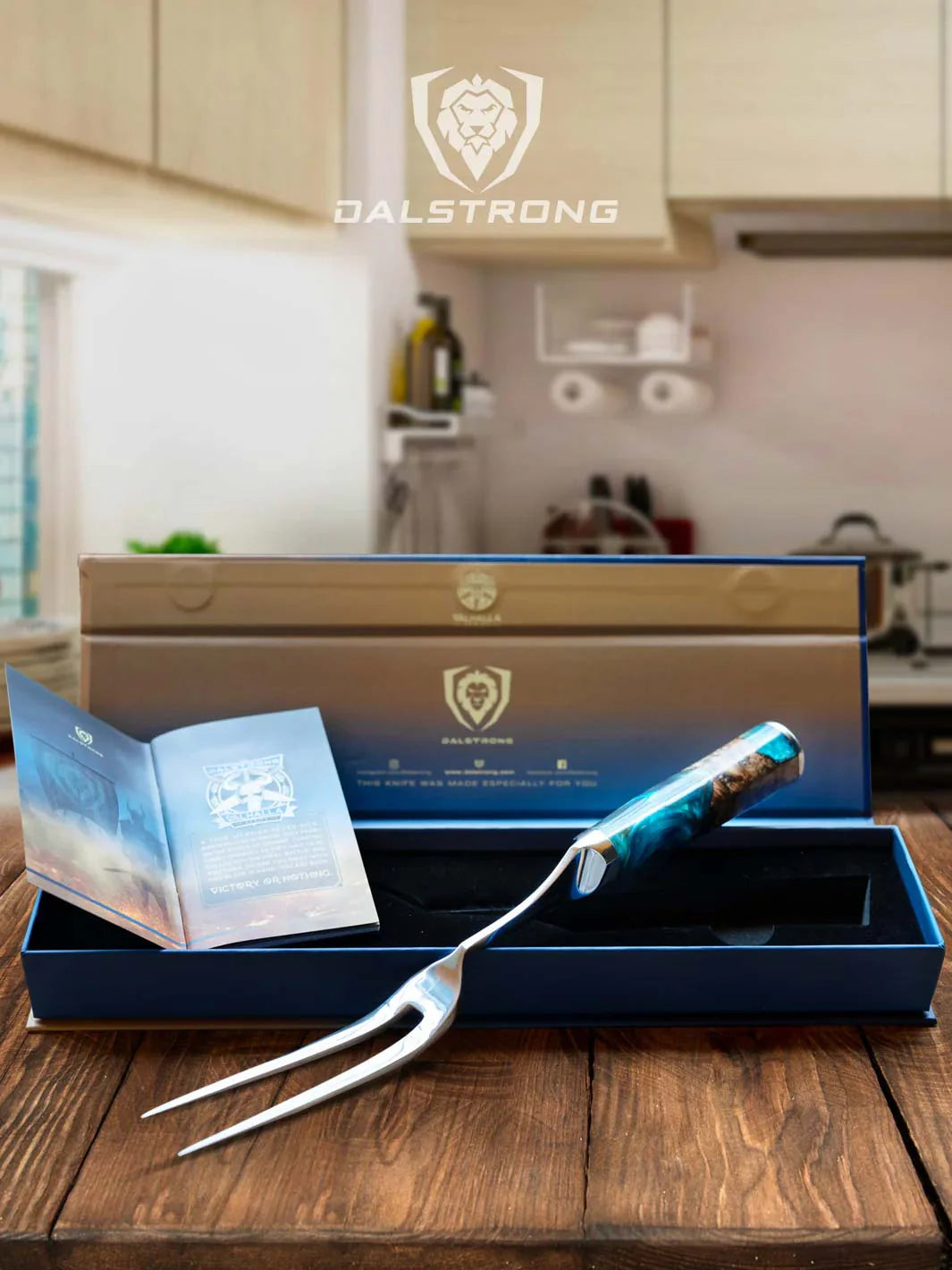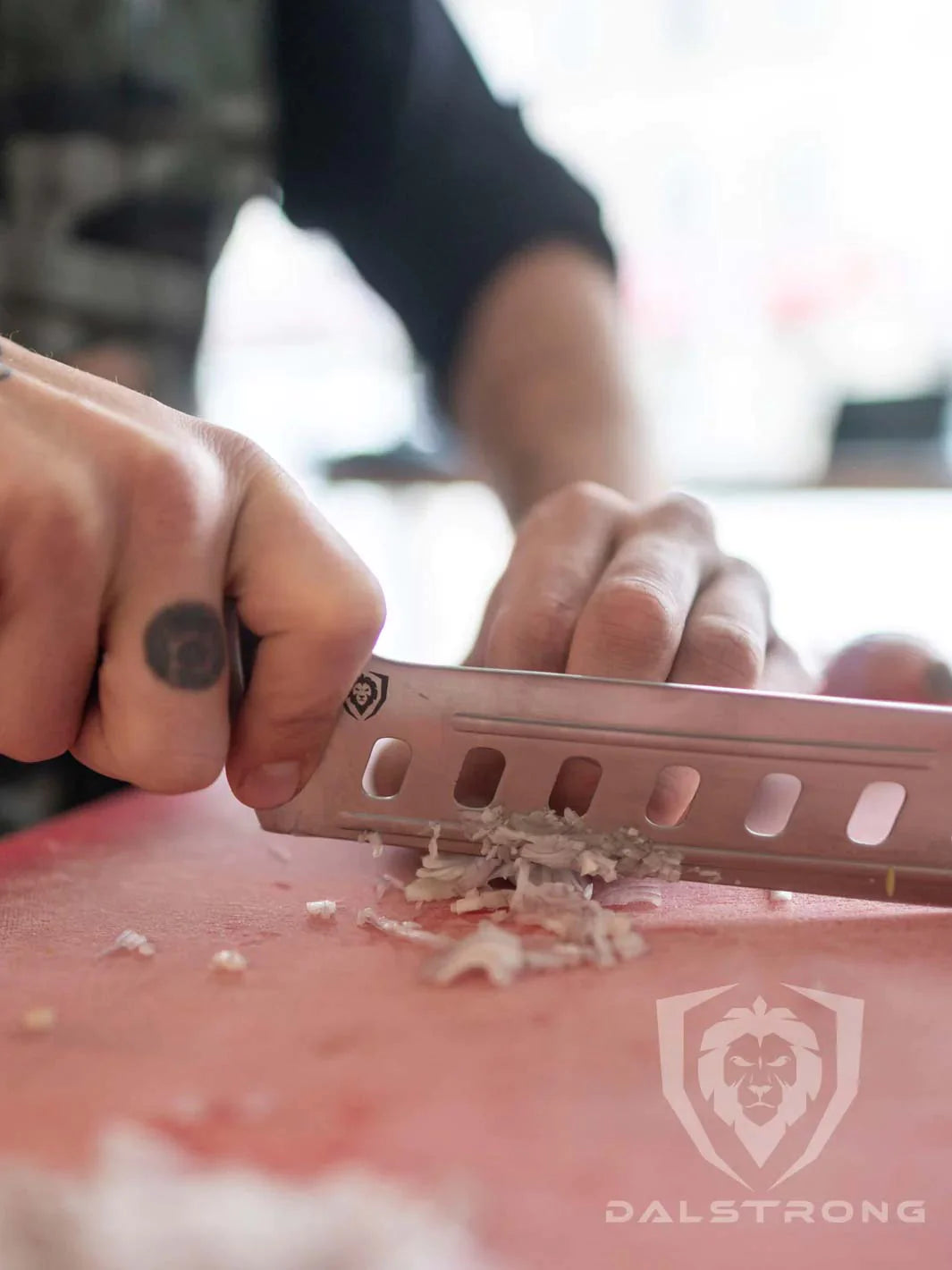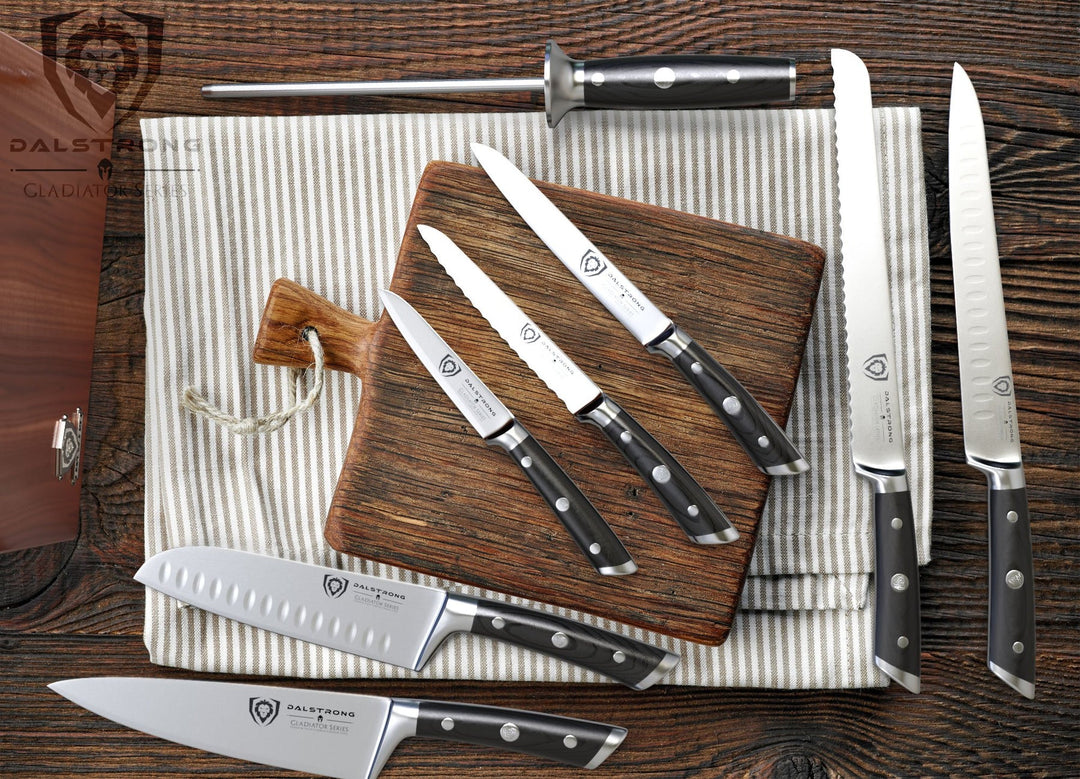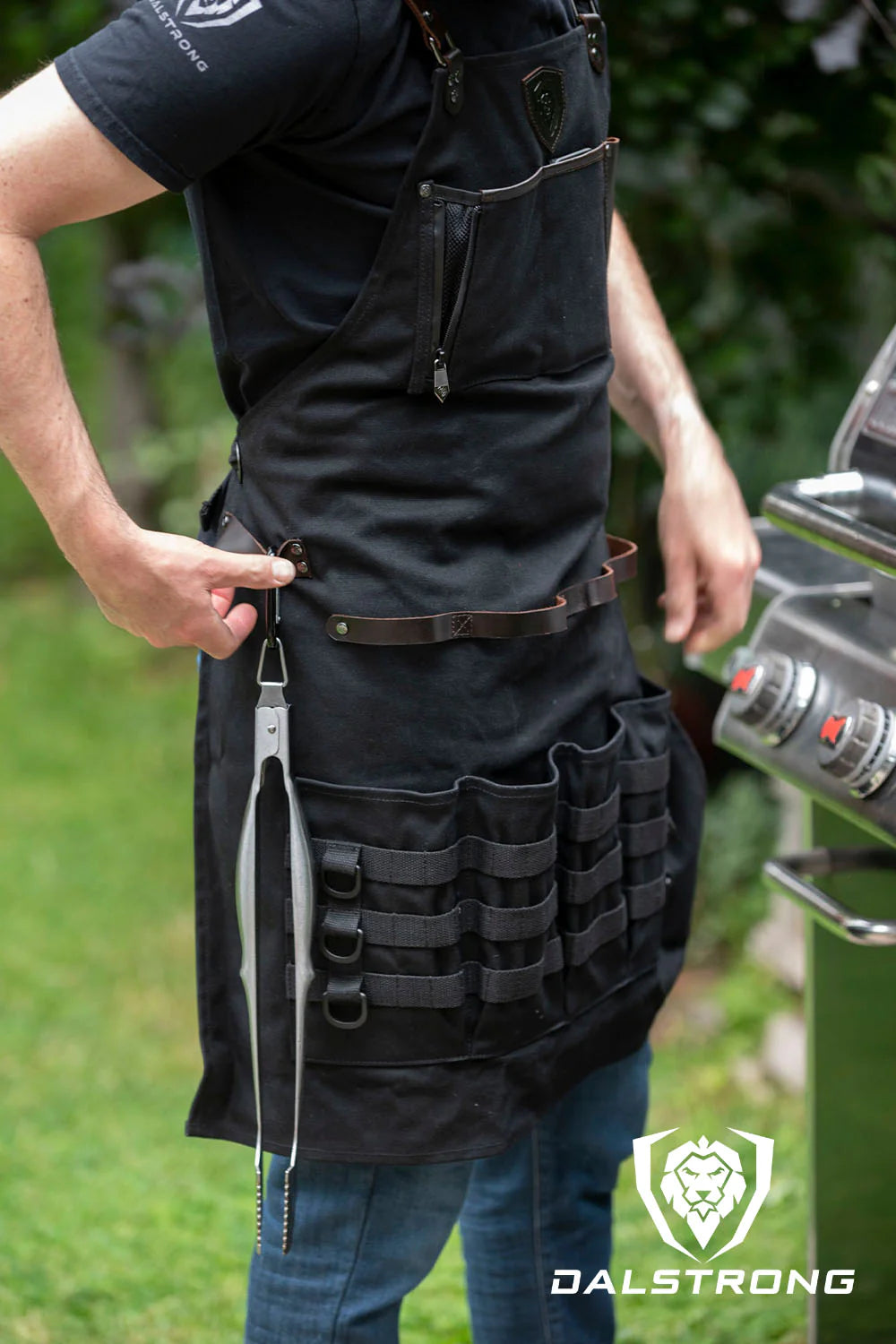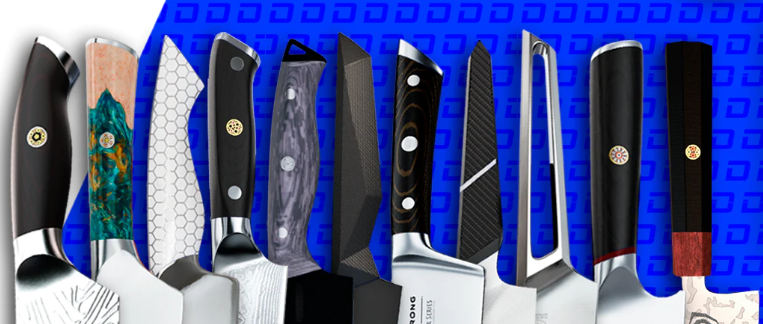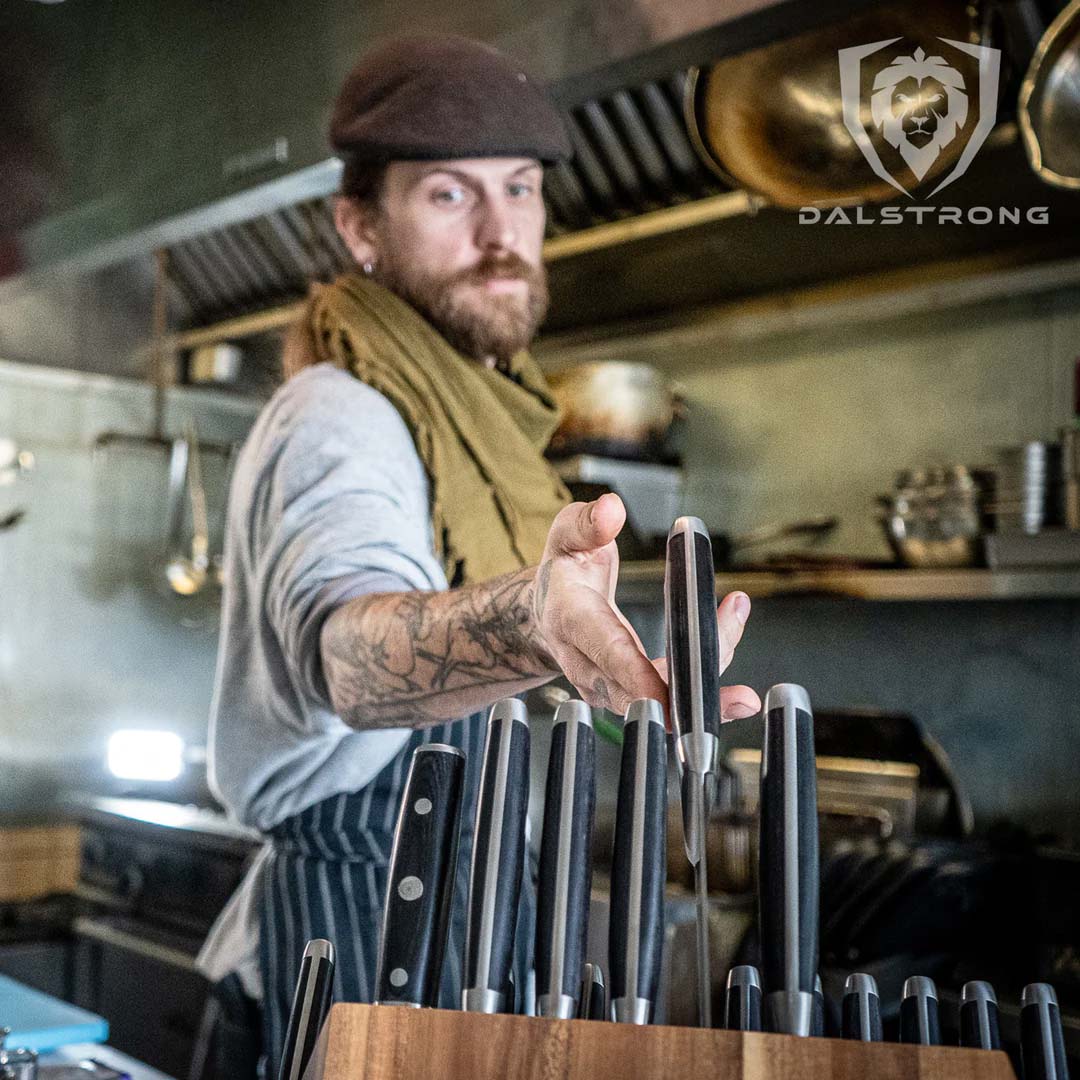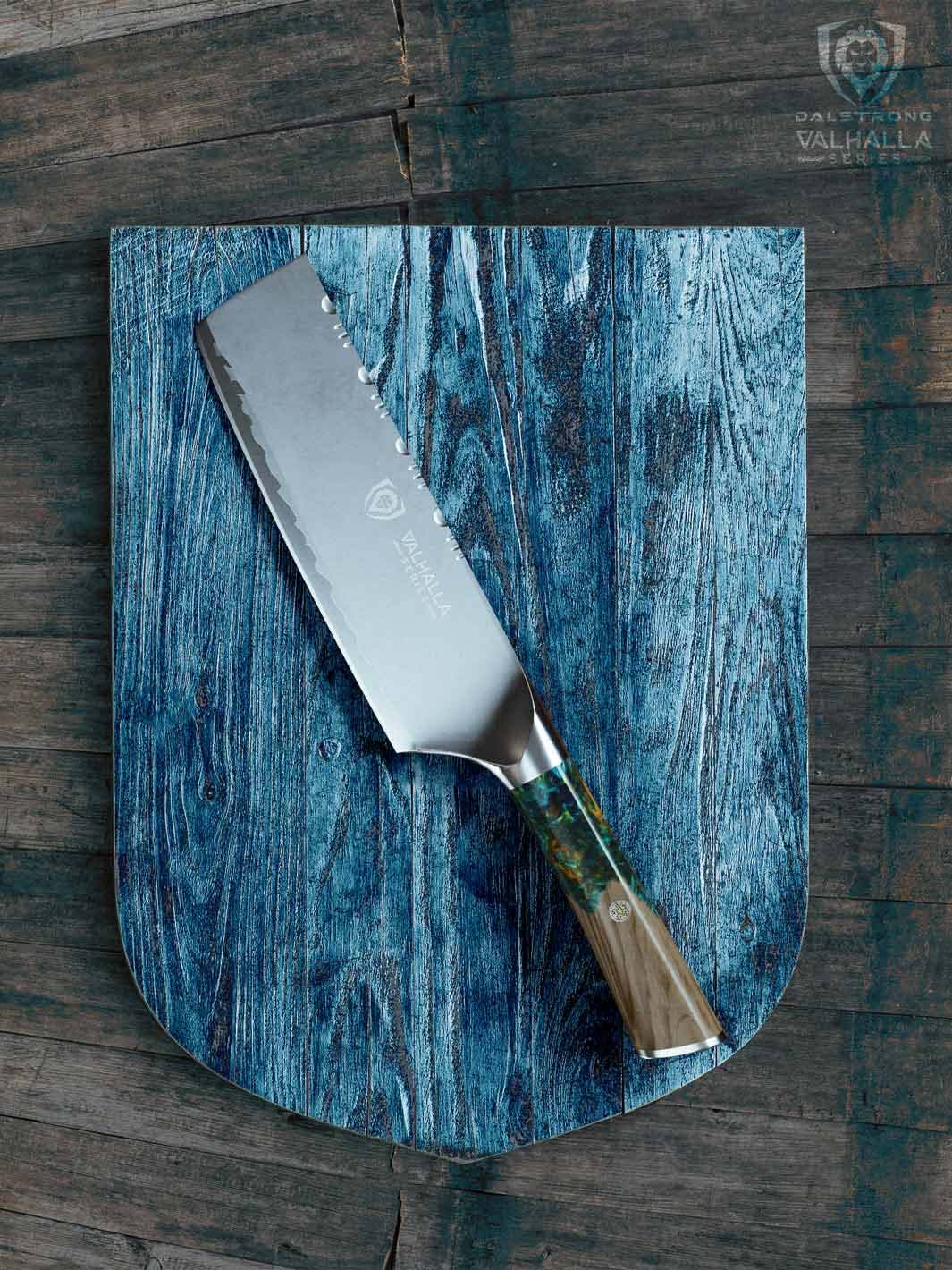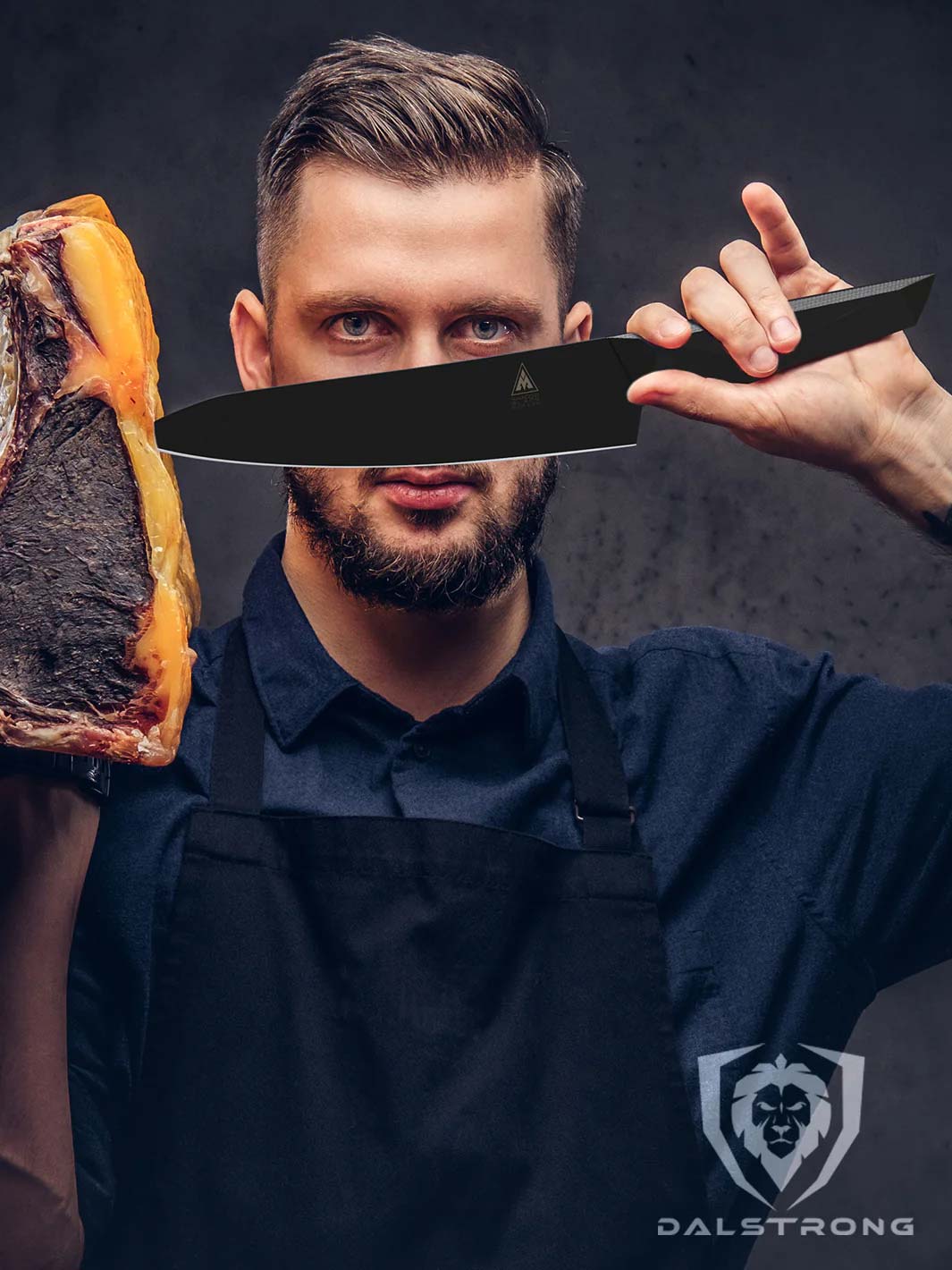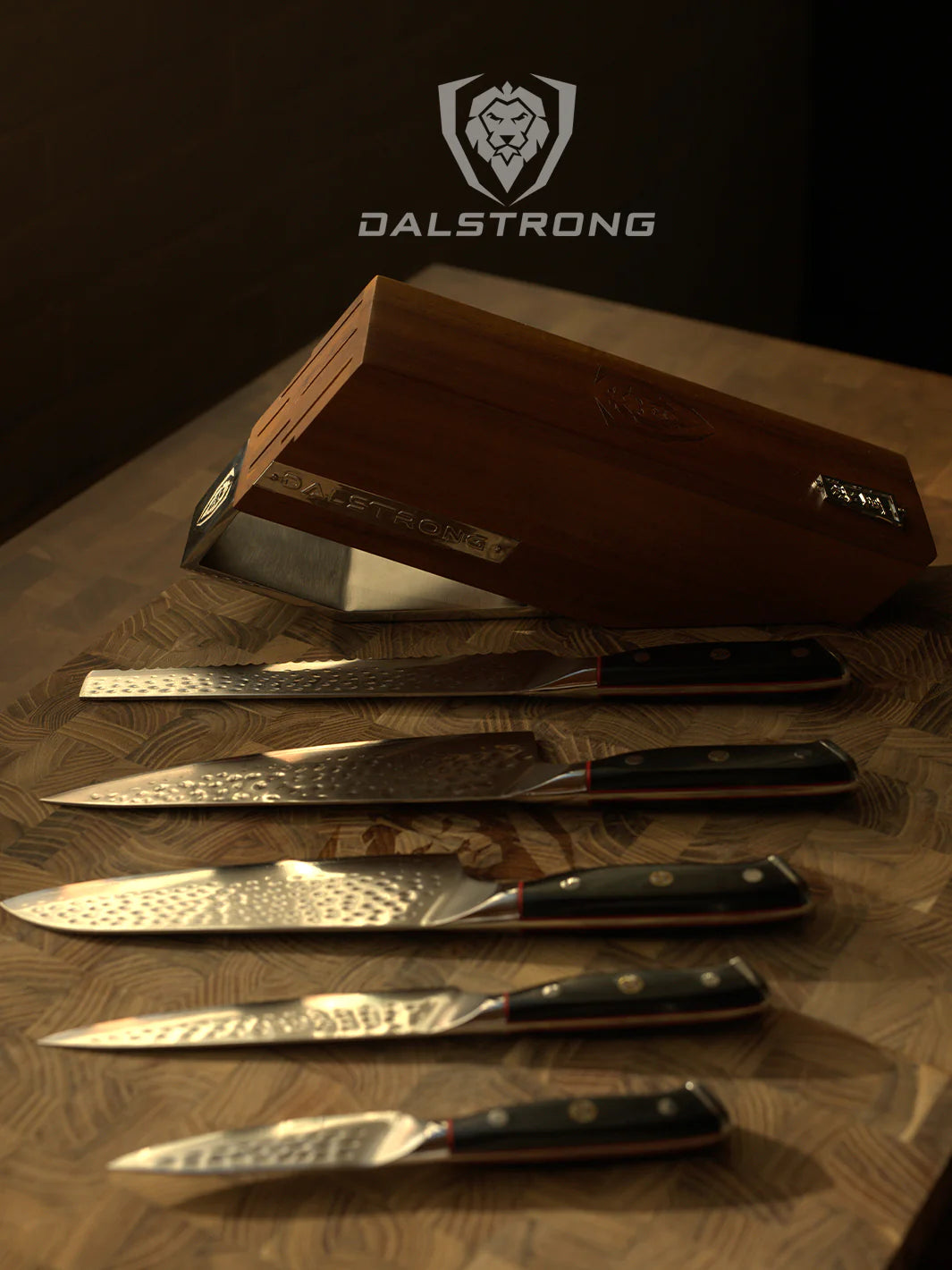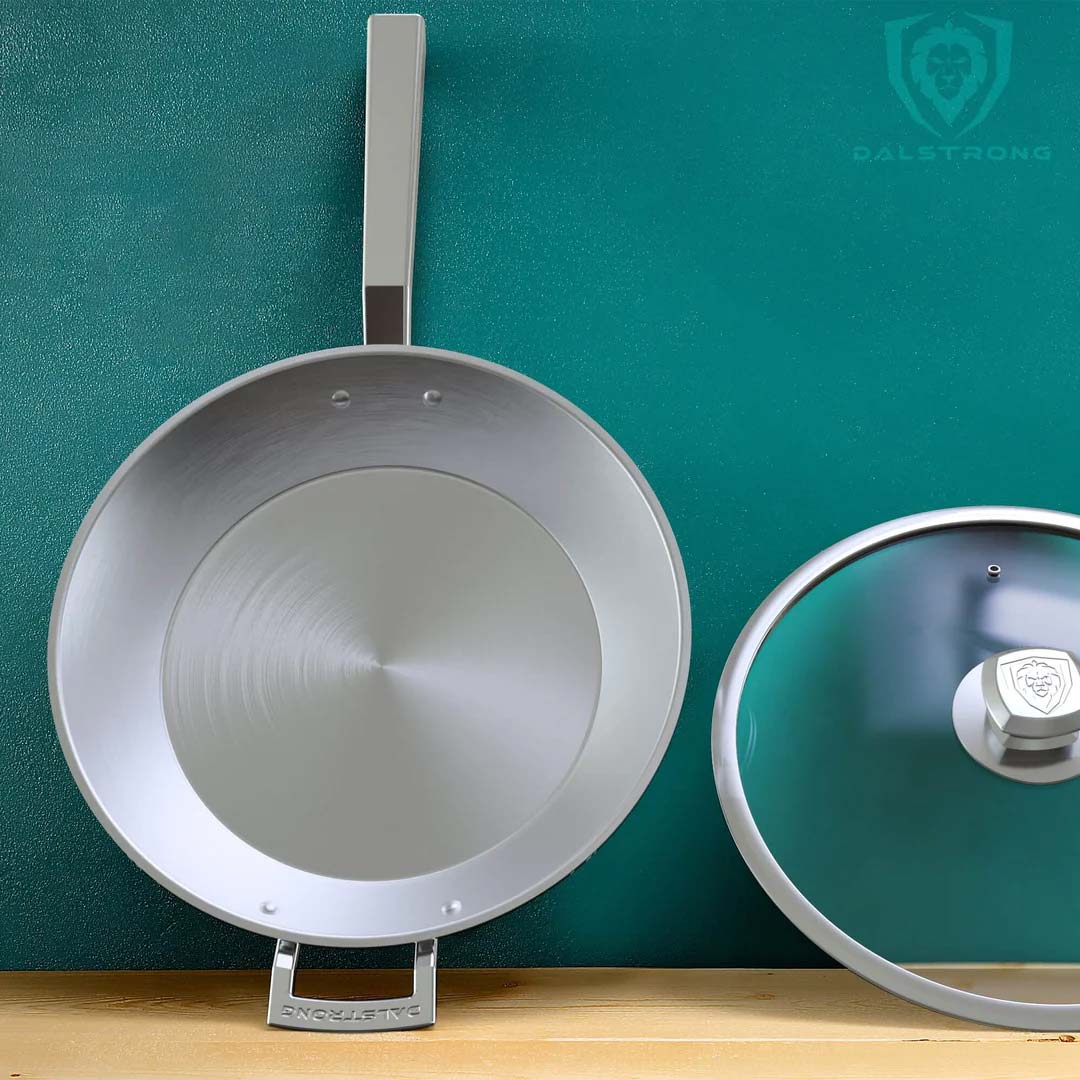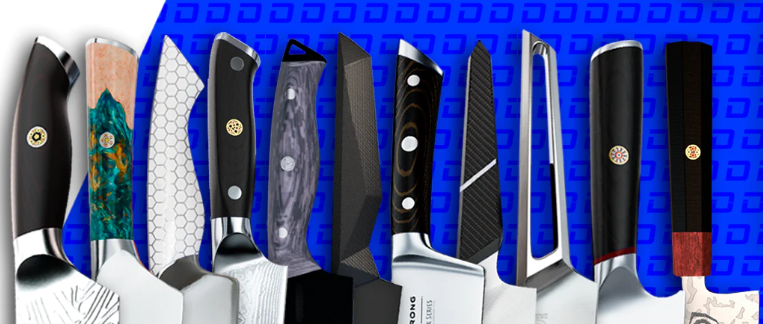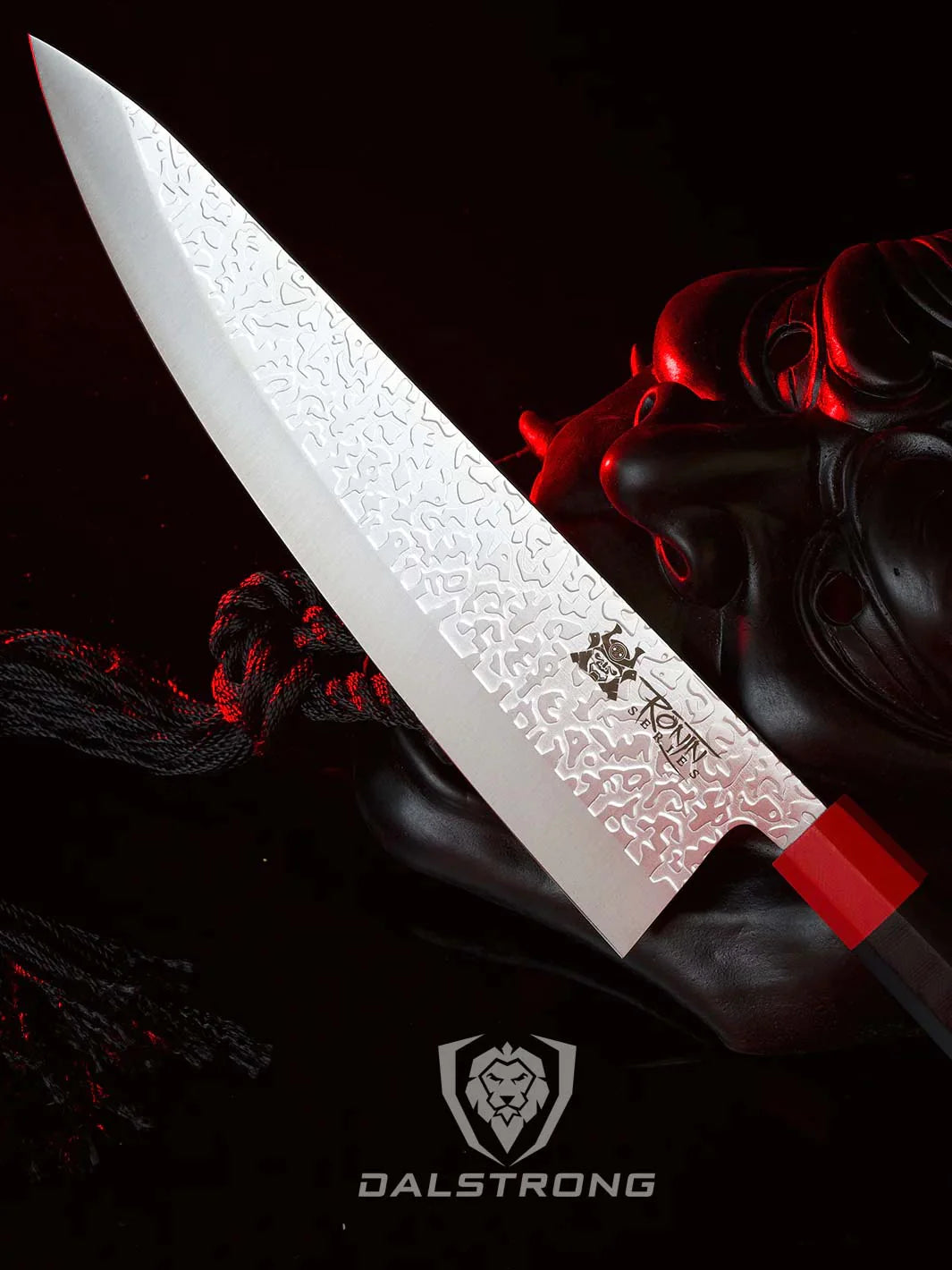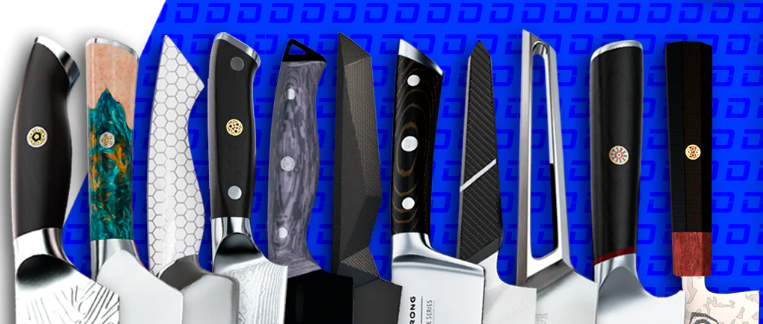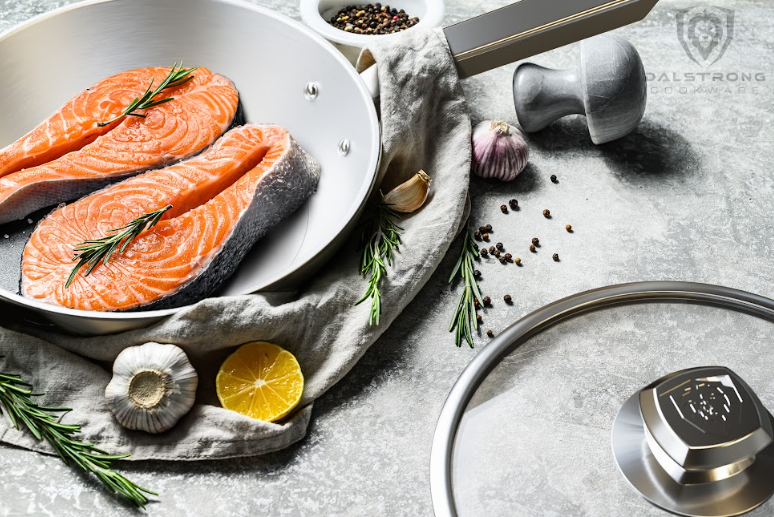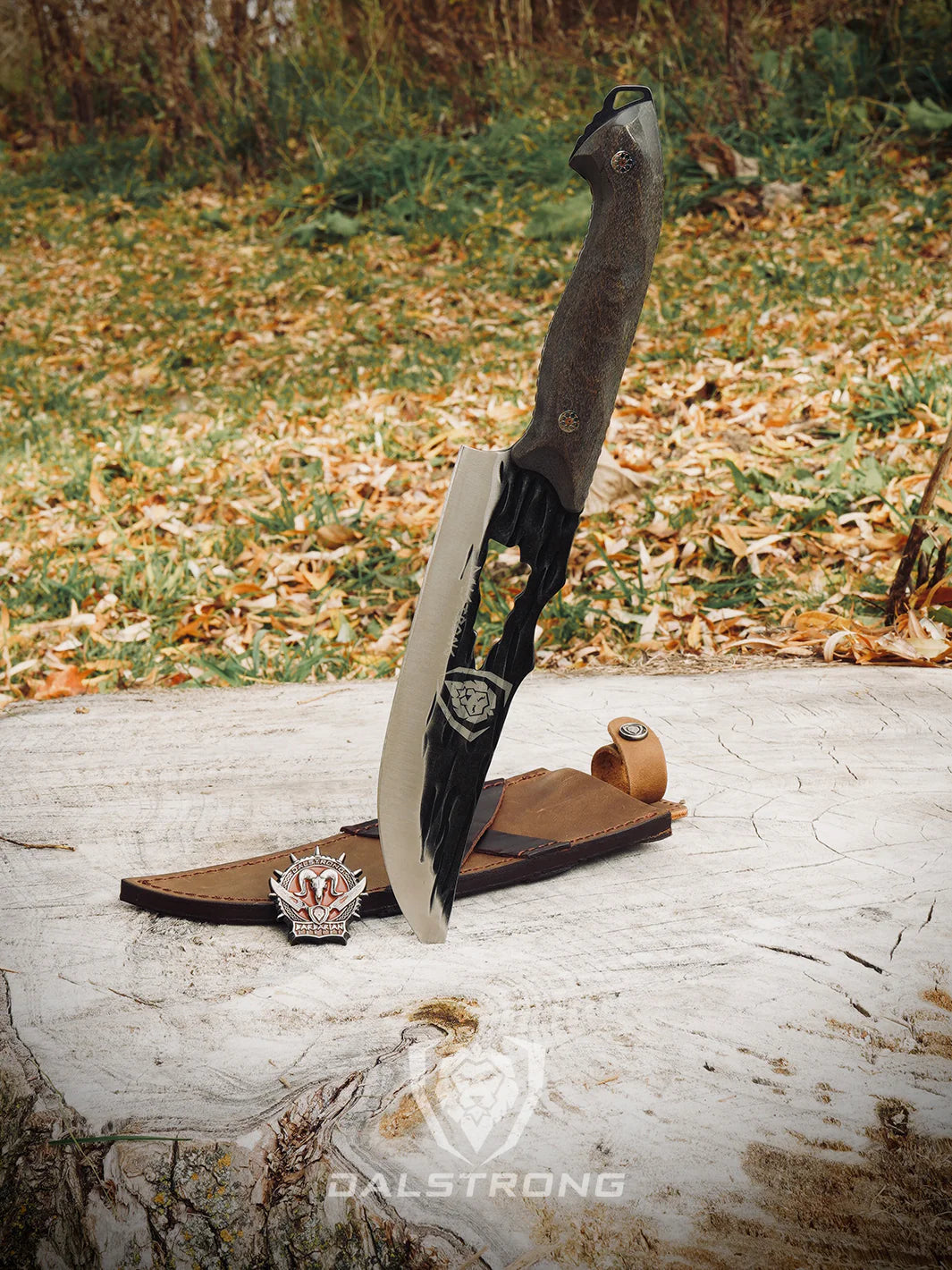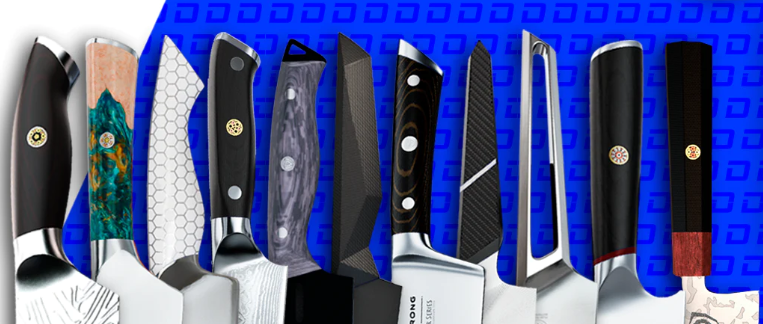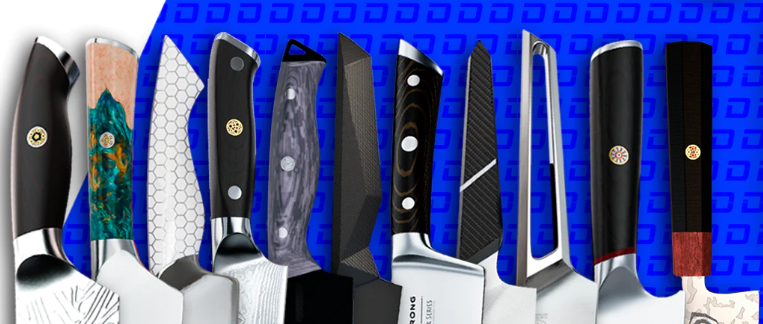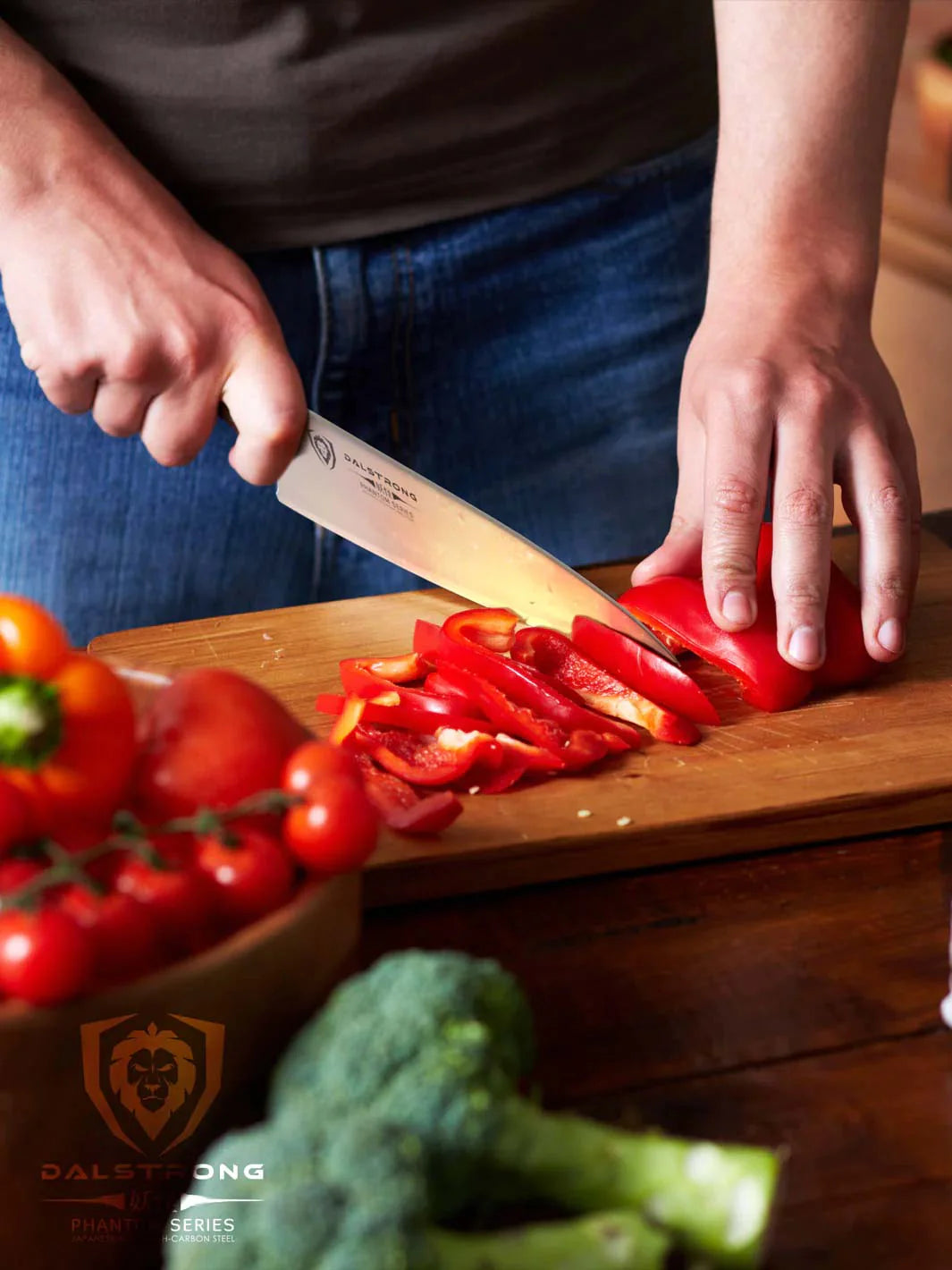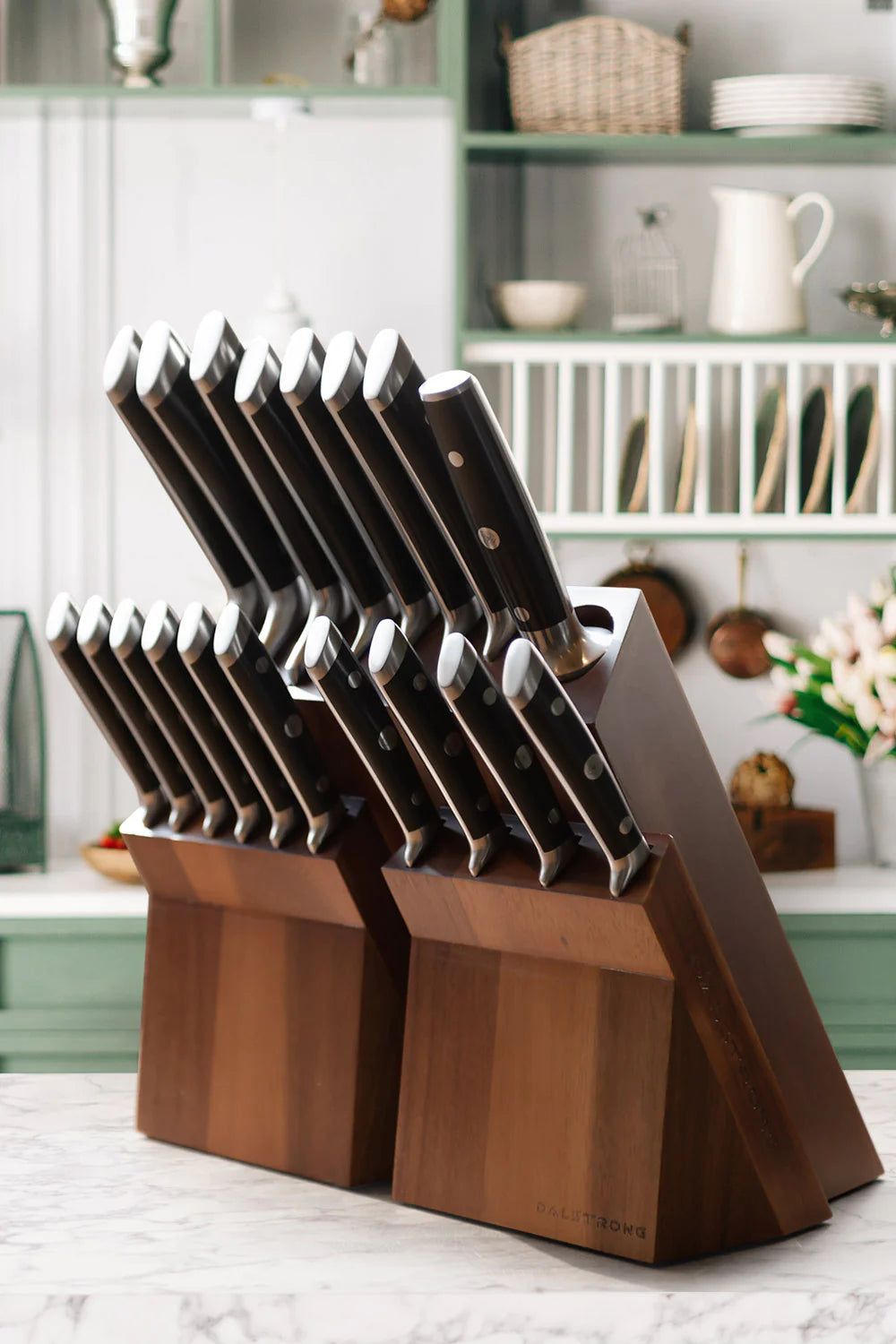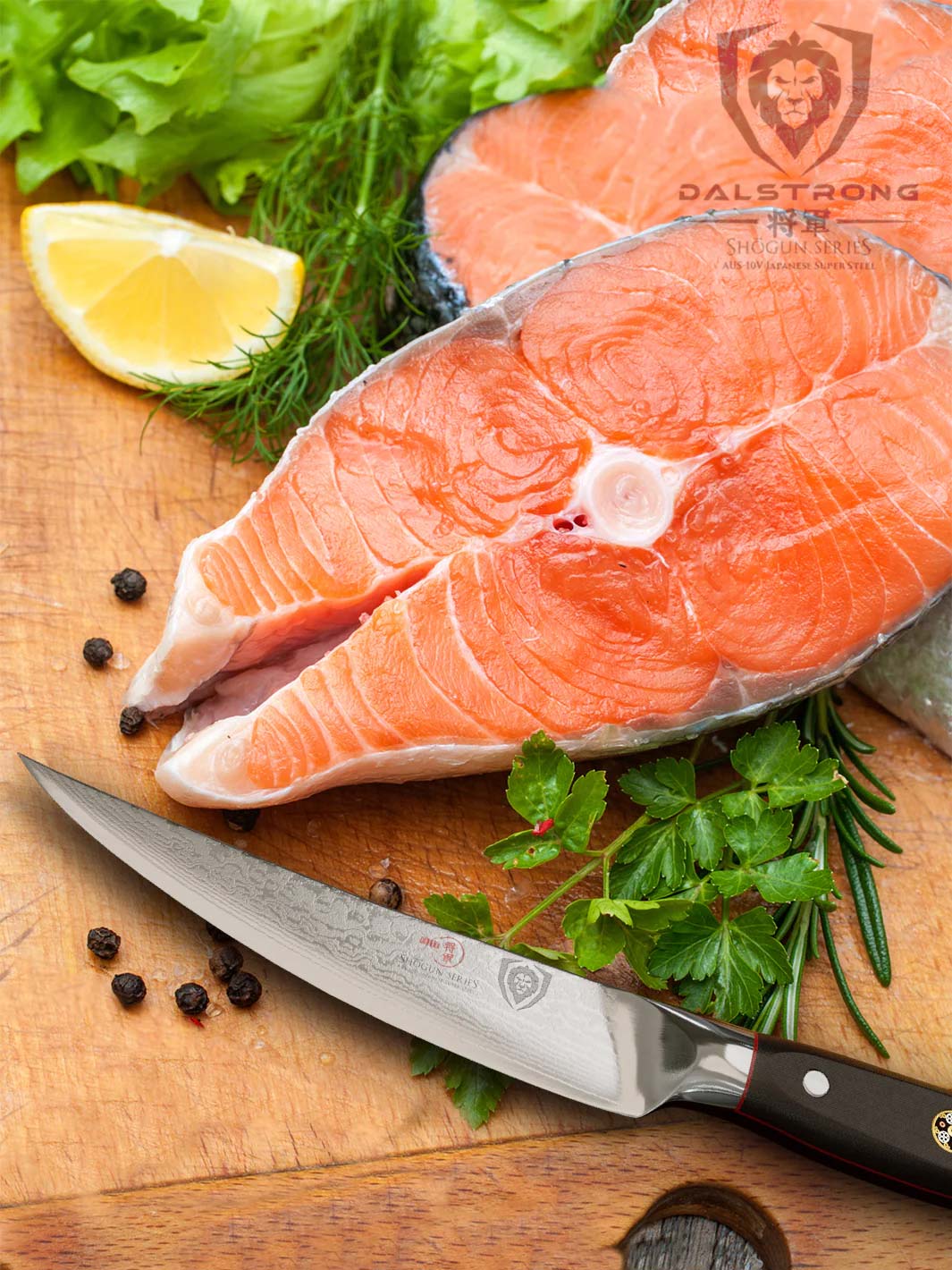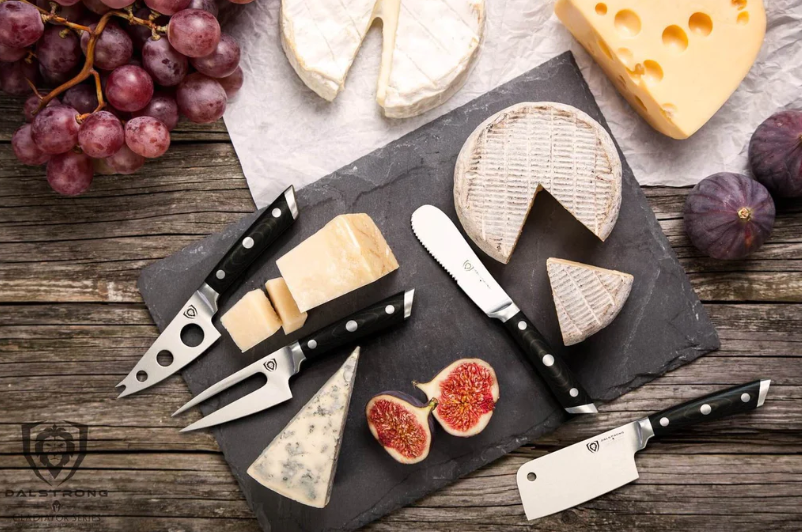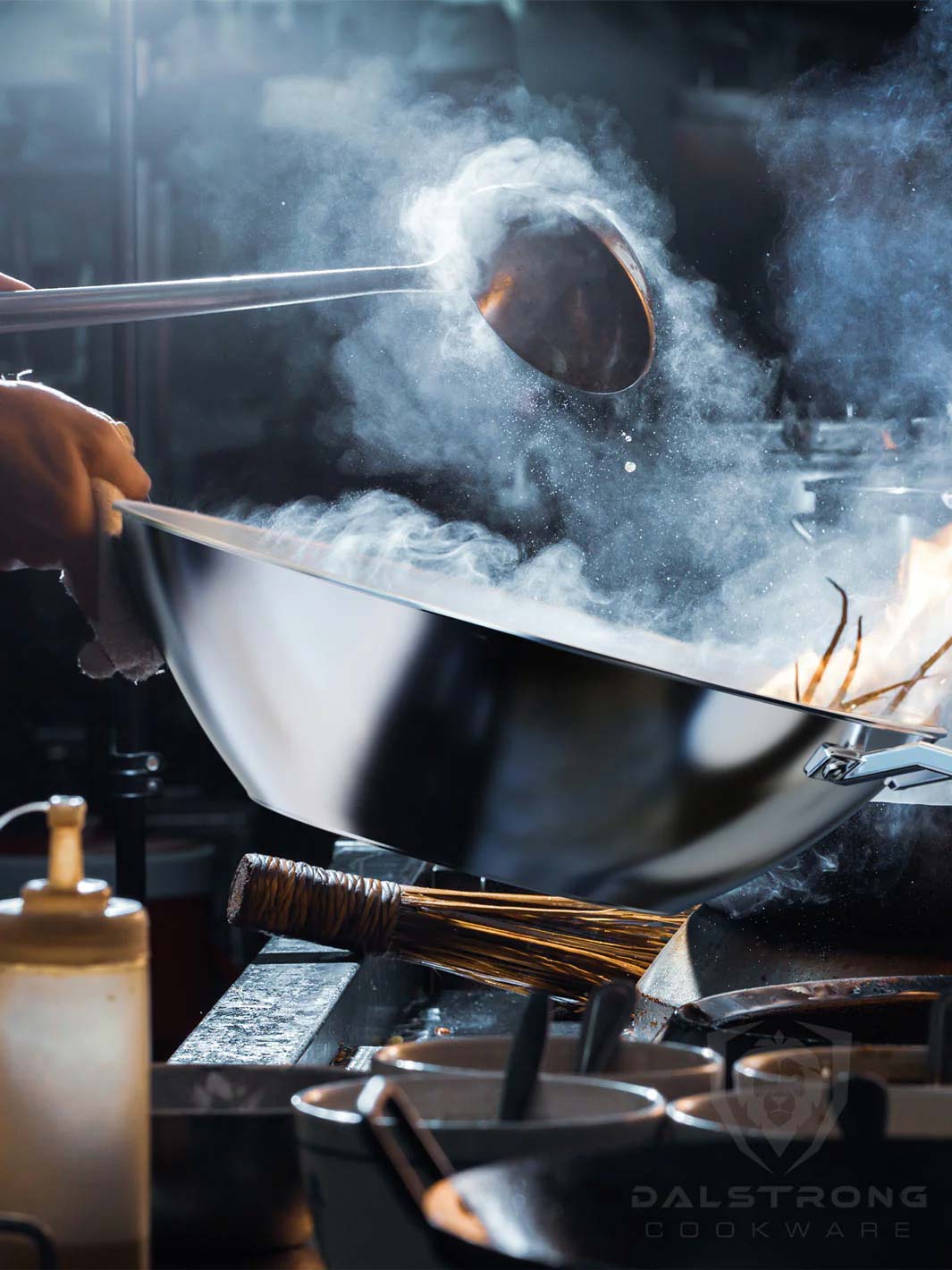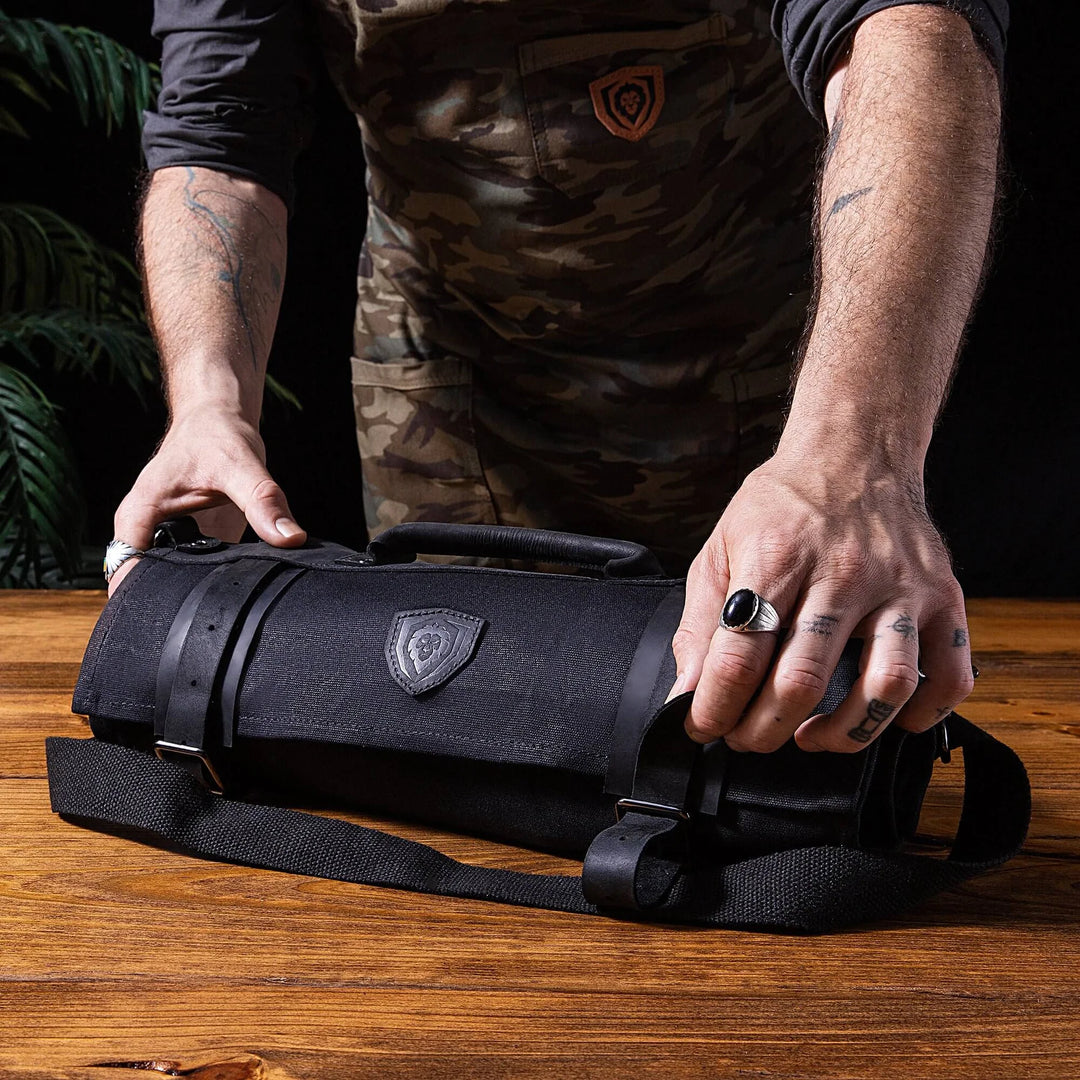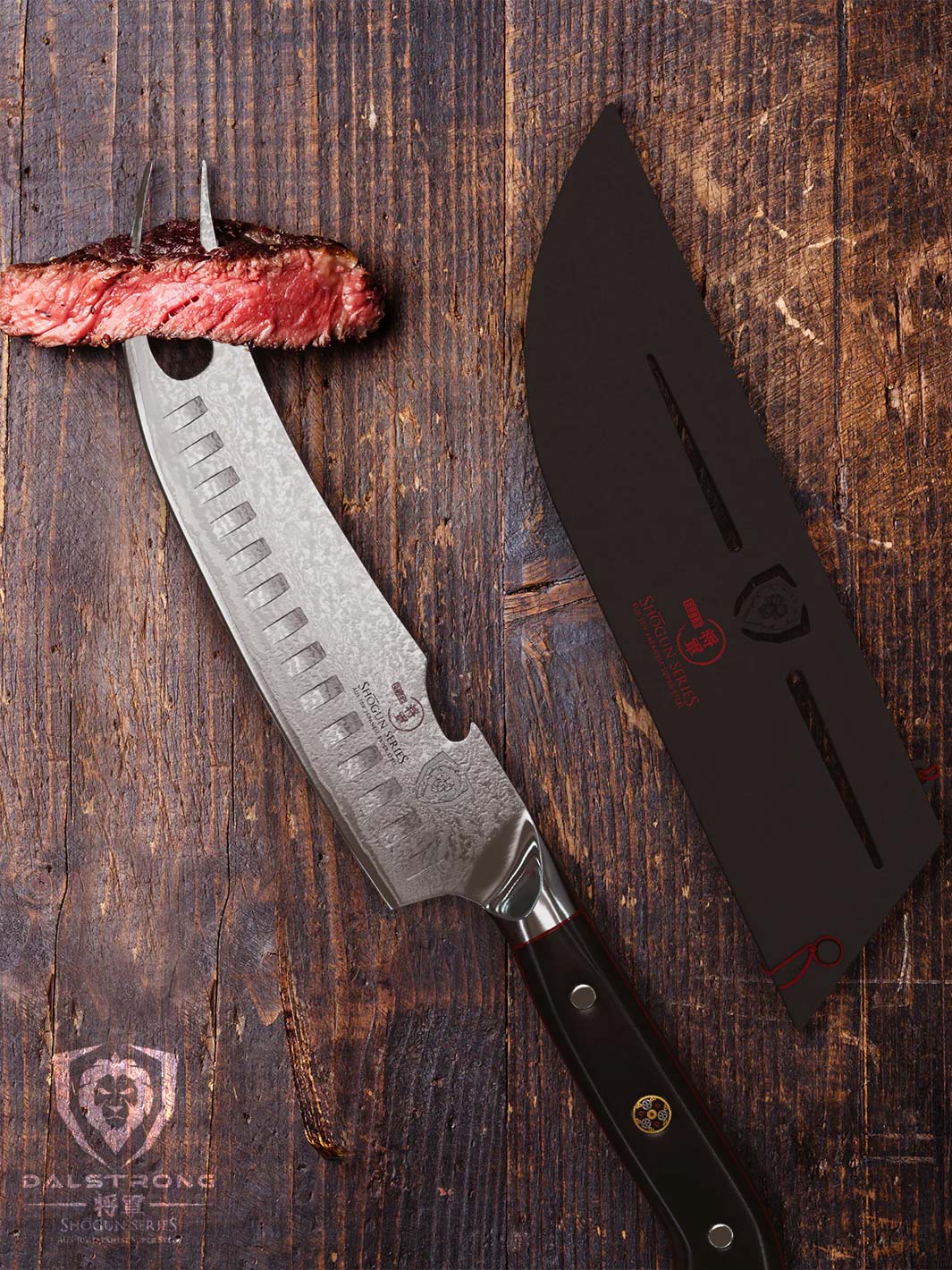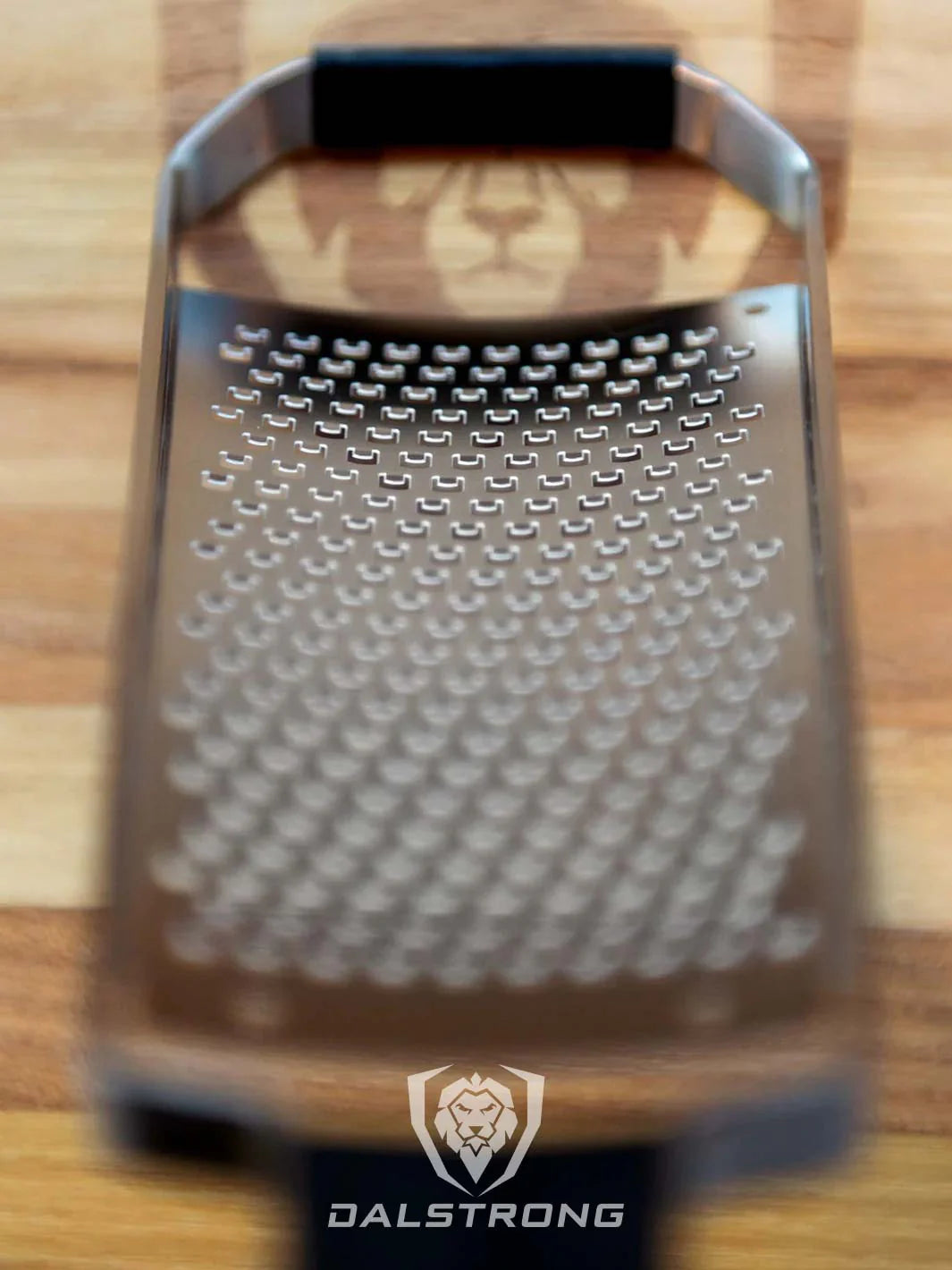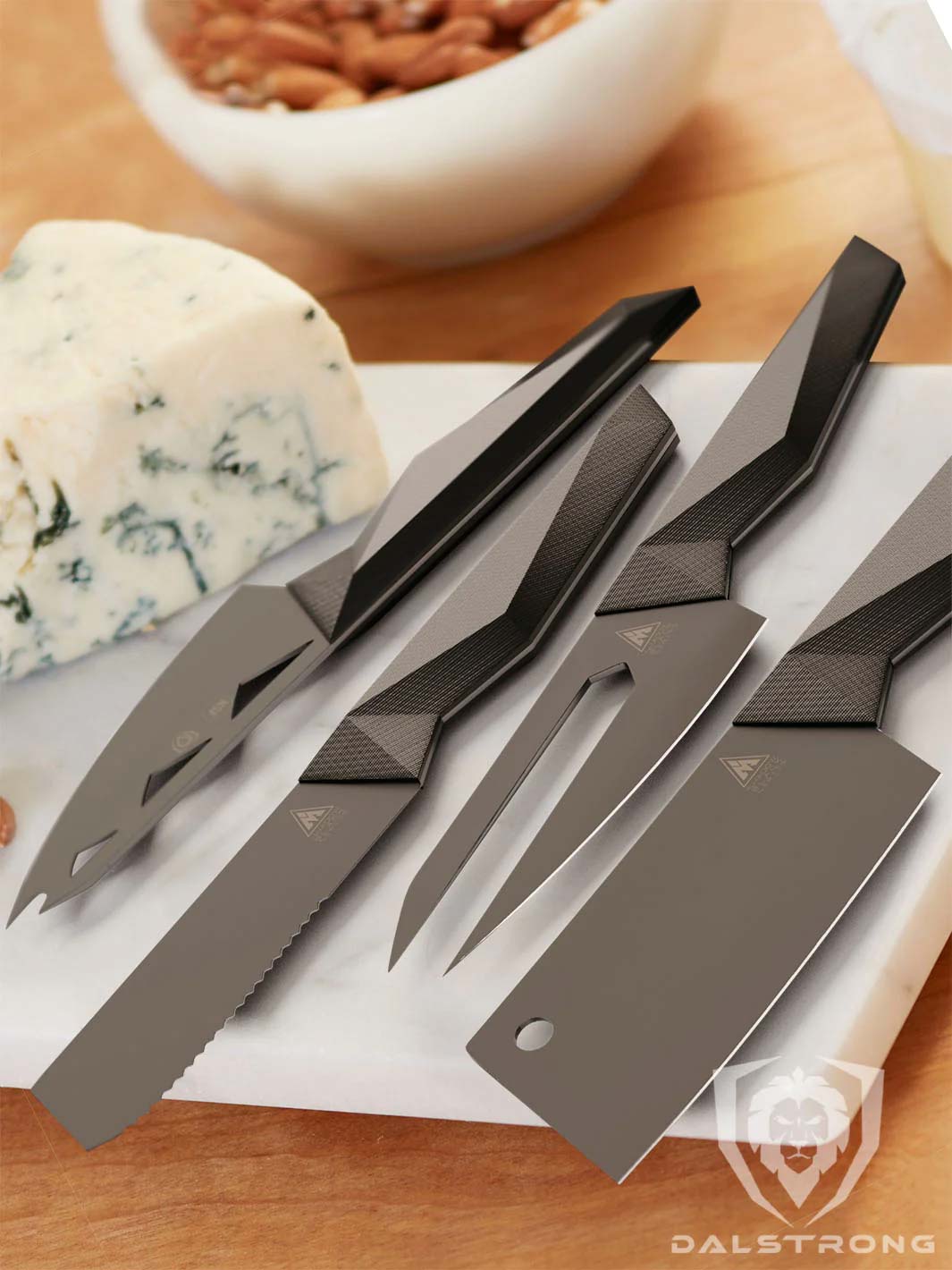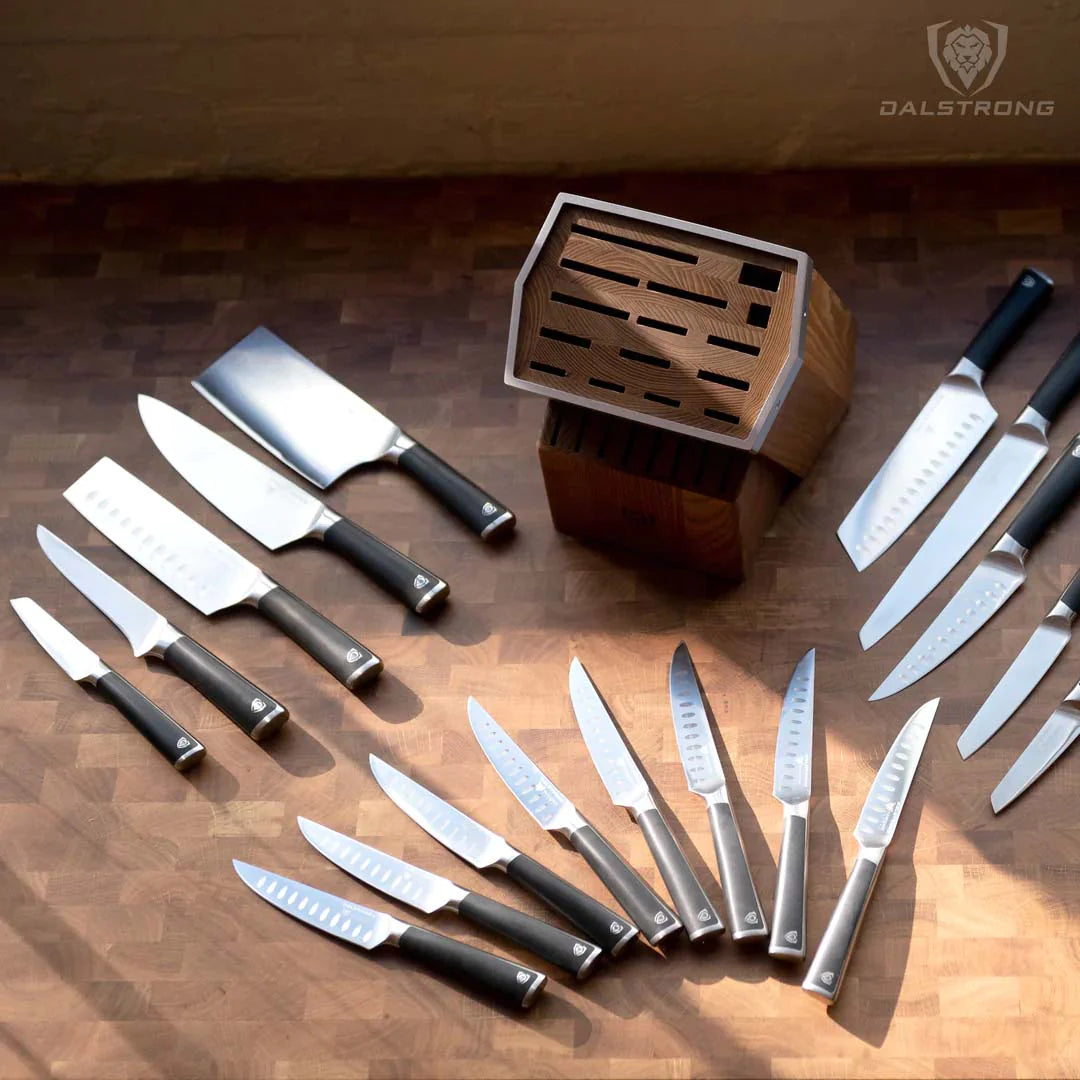Sharpening A Blade With Ease
Quick Overview: How To Sharpen A Blade
- Choose your whetstone for sharpening based on the level of dullness. For severely dull blades, choose a coarse sharpening stone or electric knife sharpener.
- If using sharpening stones, make sure they are clean. Apply honing oil or water to the stone's surface for lubrication.
- Hold the knife's edge against the stone or sharpening tool at a consistent 20-degree angle. Angle guides can assist in maintaining the proper angle.
- With the correct angle, gently drag the blade along the stone's surface. Use even pressure and alternate sides for balanced sharpening.
- For a polished edge, progress from coarse to finer grits when using sharpening stones. Water stones are ideal for achieving a razor-sharp finish.
Whether you're a professional chef or a home cook, mastering knife sharpening is a valuable skill that enhances your culinary experience. Here’s everything you need to know about sharpening and honing your knives to keep them sturdy, safe, and robust.
1. History of Knife Sharpening
Portable Whetstone Kit #1000 / #6000 Grit Combo with Oak Storage Box
Folks, are you up for a quick history crash course on the process of knife sharpening?
Knife sharpening has a rich history dating back thousands of years. Early humans used some crucial techniques such as rubbing blades against rocks to maintain sharpness. As civilization advanced, skilled artisans developed more sophisticated sharpening methods, including sharpening stones made from natural materials like whetstones.
Centuries ago, blacksmiths had an important role in keeping knives and other sharp tools in great shape. The skill of knife sharpening and keeping sharp blades intact were essential for hunting, cooking, and self-defense.
So, whether you choose traditional sharpening stones or opt for the convenience of whetstones, regularly maintaining your blades ensures the safety, efficiency, and longevity of your knives. So, embrace the art of knife sharpening and elevate your culinary skills with impeccably sharp blades.
2. Common Tools Used For Knife Sharpening
Ceramic Coating Honing Rod 10"
Knife sharpening is a critical skill for maintaining the performance and longevity of your blades. To achieve razor-sharp edges, various tools and techniques are available.
Sharpening Stones
Sharpening stones, including water stones and oil stones, are classic and versatile tools for maintaining knife sharpness. They come in different grits, from coarse to fine, offering an array of sharpening options.
Applying honing oil or water to the stone's surface before use ensures smooth sharpening strokes and optimal results. Maintaining the correct sharpening angle is crucial for optimal results. Angle guides help achieve the desired angle consistently, ensuring the knife's edge is sharpened accurately.
Honing Rods or Sharpening Steels
Honing rods are essential tools for maintaining knife sharpness between sharpenings. By realigning the blade's edge and removing slight dullness, honing rods provide quick and efficient touch-ups.
Tool Sharpeners or Sharpening Articles
Specialized for sharpening small blades, such as pocket knives, tool sharpeners are equipped with specific angle guides for precision.
Read about Honing Versus Sharpening a Knife: What's the Difference, here.
3. Detailed Guide On Sharpening A Blade
Folks, here’s a comprehensive guide on knife sharpening, a valuable skill for anyone working with knives. Whether you're a professional chef or a home cook, a sharp blade is crucial for efficient and safe food preparation. Here’s how you can set yourself up for culinary success in the kitchen.
- Gather Your Tools:Before starting, assemble the necessary tools: honing steel rods, sharpening stones (including water stones and oil stones), electric knife sharpener, and honing oil (if using oil stones). Having the right equipment is essential for sharpening.
- Assess Blade Dullness:Evaluate the dullness of your knife to determine the appropriate sharpening method. For severely dull blades or those with nicks, begin with a coarse grit sharpening stone. For regular maintenance and touch-ups, honing steel rods or fine-grit stones are ideal.
- Prepare the Stone:If using sharpening stones, ensure they are clean and free of debris. Apply honing oil or water to the stone's surface, depending on the type of stone you are using. This lubrication will aid in achieving smooth sharpening strokes.
- Determine the Angle:Maintaining the correct angle is crucial for effective sharpening. A standard angle is around 20 degrees, but some knives may require different angles depending on their design. Angle guides can assist in keeping a consistent angle throughout the sharpening process.
- Using Sharpening Stones:Place the knife's heel against the stone at the predetermined angle. Push and pull the blade along the stone's surface in smooth, even strokes. For optimal results, apply consistent pressure and alternate sides to ensure even sharpening. Start with the coarse grit and progressively move to finer grits for a polished edge.
- Electric Knife Sharpening:If you prefer an electric sharpener, follow the manufacturer's instructions carefully. Many electric sharpeners come with built-in angle guides, simplifying the process. Gently pass the knife through the sharpening slots to achieve the desired sharpness. For serrated knives, use the designated slots or a specialized sharpener.
- Honing Rod Maintenance:Honing steel rods are essential for maintaining the sharpness of your knife between sharpening sessions. Hold the rod vertically on a stable surface and drag the knife's edge along the rod at the proper angle. Alternate sides for even honing, which realigns the blade's edge.
- Safety Precautions:While sharpening, exercise caution to avoid accidents. Always keep fingers away from the blade's edge and use a stable surface for sharpening. Consider using cut-resistant gloves for added protection.
- Test the Sharpness:After sharpening, test the knife's sharpness by smoothly slicing through a piece of paper or a ripe tomato. A sharp knife should cut effortlessly and smoothly.
- Regular Maintenance:To keep your blades consistently sharp, regular sharpening is crucial. Honing steel rods should be used more frequently for quick touch-ups while sharpening stones or electric sharpeners can be employed as needed for more intensive sharpening sessions.
4. Essential Dalstrong Knife Sharpeners
Let’s take a detailed look at Dalstrong’s sharpening tools including honing steel rods that can change the culinary game for home cooks and professional cooks or chefs.
1. #1000 / #6000 Grit with Nagura Stone & Rust Eraser
Take great pride and care in your knives and tools with the Dalstrong Premium Whetstone Set. This all-inclusive kit contains everything you need to maintain and sharpen your beloved blades, ensuring a long-lasting scalpel-like edge and peak performance. Designed to sharpen both German and Japanese-style knives, scissors, and other bladed tools, these top-grade corundum stones deliver unrivaled performance.
PROS:
- Premium craftsmanship and materials ensure unrivalled performance and long-lasting sharpness.
- Two individual whetstones with #1000 and #6000 grits cater to a broad range of sharpening needs.
- Handcrafted Acacia wood base offers stability during sharpening and serves as a convenient storage solution.
- Included Nagura flattening stone ensures your sharpening and finishing stones remain in optimal condition.
CONS:
- Beginners may need some practice to get the desired sharpening results.
- The sharpening process can be time-consuming, especially for severely damaged blades.
2. #1000 / #6000 Grit Combo with Oak Storage Box
The Dalstrong Portable Whetstone Set is a must-have for knife enthusiasts who take great pride in their blades. This all-in-one kit ensures proper maintenance and sharpening of your knives, protecting your investment in top-notch cutlery. Packaged in a stylish oak wood storage box, this portable kit allows you to sharpen and refine your knives on the go, making it the perfect companion for adventurous chefs. With Dalstrong's after-service care, the Dalstrong Portable Whetstone Set provides convenience, quality, and expert guidance for sharpening your blades.
PROS:
- Conveniently portable, making it easy to sharpen knives wherever you go.
- Double-sided whetstone with #1000 and #6000 grits offers versatile sharpening options.
- Comes in a stylish oak wood storage box with an engraved Dalstrong logo for an elegant touch.
CONS:
- The whetstone's size may be limited for sharpening larger blades or tools.
3. Premium Whetstone Set | Dalstrong
Take your knife care and maintenance to the next level with the Dalstrong Premium Whetstone Set. Made with accurate attention to detail, this set includes #3000 and #8000 grit stones for precision sharpening. Whether you have German or Japanese-style knives, scissors, or other bladed tools, this all-inclusive set will ensure your cherished blades maintain their scalpel-like edge and peak performance.
PROS:
- Crafted from top-grade corundum for superior sharpening performance.
- Larger, oversized stones offer an increased surface area for efficient sharpening of knives with fewer strokes, saving time and effort.
- Compatible with optional Acacia Wood Base for added stability during sharpening.
CONS:
- The whetstone set may not include a storage solution for keeping the stones together.
4. Premium Whetstone Set | Dalstrong © #400 / #1000
Experience the unmatched quality of the Dalstrong Whetstone Set, a testament to trusted award-winning craftsmanship and awe-inspiring design. With two individual whetstones made of premium corundum including a #400 coarse grit stone for even the dullest or damaged blades, and a #1000 all-purpose sharpening stone for a polished, razor-sharp edge, this set guarantees your knives maintain their long-lasting scalpel-like sharpness.
PROS:
- Handcrafted with the finest materials available, this set ensures your blades' proper maintenance.
- This Dalstrong Whetstone Set offers peak performance and exceptional value for culinary enthusiasts.
- Trust in Dalstrong's award-winning craftsmanship and unparalleled performance to keep your knives sharp and ready for any culinary challenge.
CONS:
- The set may not include additional higher grit stones for achieving ultra-fine polishing.
5. Honing Rod 10" Ceramic Coating | Dalstrong
Introducing the Dalstrong 10” Ceramic Honing Rod, the ultimate honing rod that delicately sharpens your knives to peak performance. Equipped with a G10 handle and Dalstrong's scratch-free, black ceramic coating, this premium honing rod ensures your blades are always ready to work at highest performance with zero compromises. With 10” in length, it's ideal for most knife sizes without being awkward or poking too far out of your wood block or knife bag.
PROS:
- The triple-riveted black G10 handle offers military-grade durability and an ergonomic shape for superior hand control and comfort.
- Silicon-covered tip provides a non-slip grip and protects the surface it's placed on.
- Stainless steel body ensures ultra-durability and heft for lifelong use.
CONS:
- The 10” length may not be suitable for very large knives.
5. Dalstrong’s Knife Sharpening Service
Dalstrong, renowned for its award-winning craftsmanship and awe-inspiring designs, takes great pride in providing a specialized Knife Sharpening Service to ensure your cherished knives maintain their long-lasting scalpel-like edge and remain in peak performance.
As a brand that understands the love and care you have for your knives, Dalstrong's experts meticulously assess each blade, offering an all-inclusive service to guarantee that your investment is protected through proper maintenance and sharpening.
How It Works
With Dalstrong's Knife Sharpening Service, achieving razor-sharp edges on your knives has never been easier. The process begins by sending in your knives to their skilled technicians, who handle each blade with precision and care.
Utilizing state-of-the-art equipment and top-grade corundum, the experts meticulously restore the blade's original sharpness and edge geometry, leaving your knives ready for any culinary challenge.
Customer Satisfaction
Dalstrong's commitment to customer satisfaction shines through its dedicated after-service care. Alongside detailed instructions and a step-by-step Whetstone Sharpening Guide, customers can rely on Dalstrong's renowned customer service and rock-solid 70-day 100% money-back guarantee and a limited lifetime warranty against defects.
This service reflects Dalstrong’s passion for excellence, making it the perfect gift idea for chefs, home cooks, pitmasters, culinary students, and knife enthusiasts!
6. Frequently Asked Questions
What is sharpening a blade called?
Sharpening a blade is the process of honing and refining its cutting edge to restore its sharpness and cutting performance. It involves removing material from the blade's edge, usually by rubbing it against an abrasive surface like a sharpening stone or honing rod, to create a new, fine edge.
How is a blade sharpened?
Blades are sharpened by using various tools and techniques. One common method is using a sharpening stone or honing rod to gently drag the blade across its surface at the correct angle. Another option is using an electric knife sharpener for quick and automated sharpening. Regardless of the method, the goal is to achieve a sharp edge while maintaining the blade's integrity.
What is the process of sharpening?
The process of sharpening involves assessing the blade's dullness, selecting the appropriate sharpening tool (e.g., stone, rod, electric sharpener), maintaining the correct angle during the sharpening, and progressively refining the edge with finer grits if desired. Regular maintenance using honing rods keeps the blade's edge aligned between sharpenings, ensuring peak performance and extending the blade's lifespan.
SHOP DALSTRONG SHARPENING TOOLS








































































































































































